The list of landmark and historical buildings in Hamburg is quite long. This city is so impressive that architecture walking tours are offered, taking a 5 kilometer stroll around the city. Locals say they have the ¨most beautiful city in the world¨ and many agree, or as least as much as saying that it is the most beautiful city in Germany. I did not go on an architectural tour, but I did get to marvel at many of these famous sites during my visit to Hamburg.
Booking.com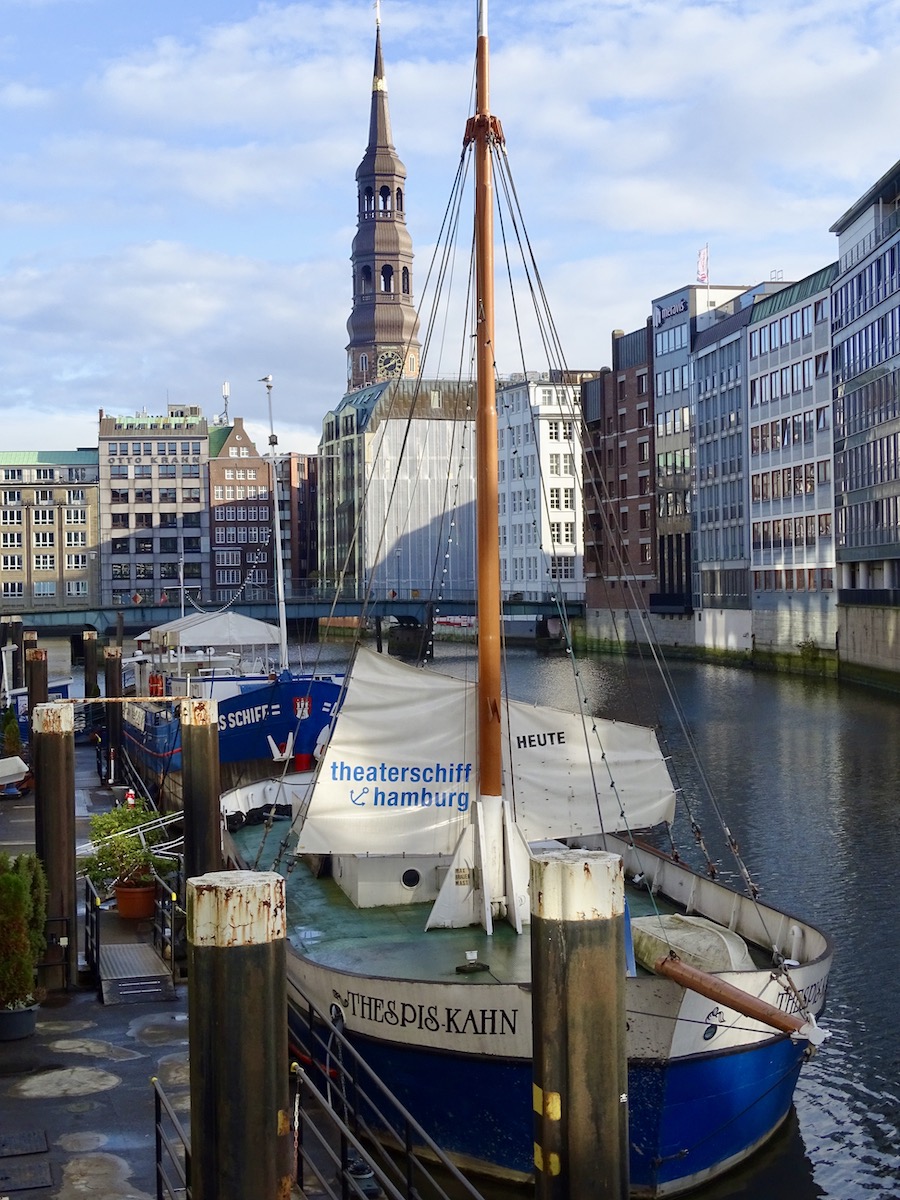
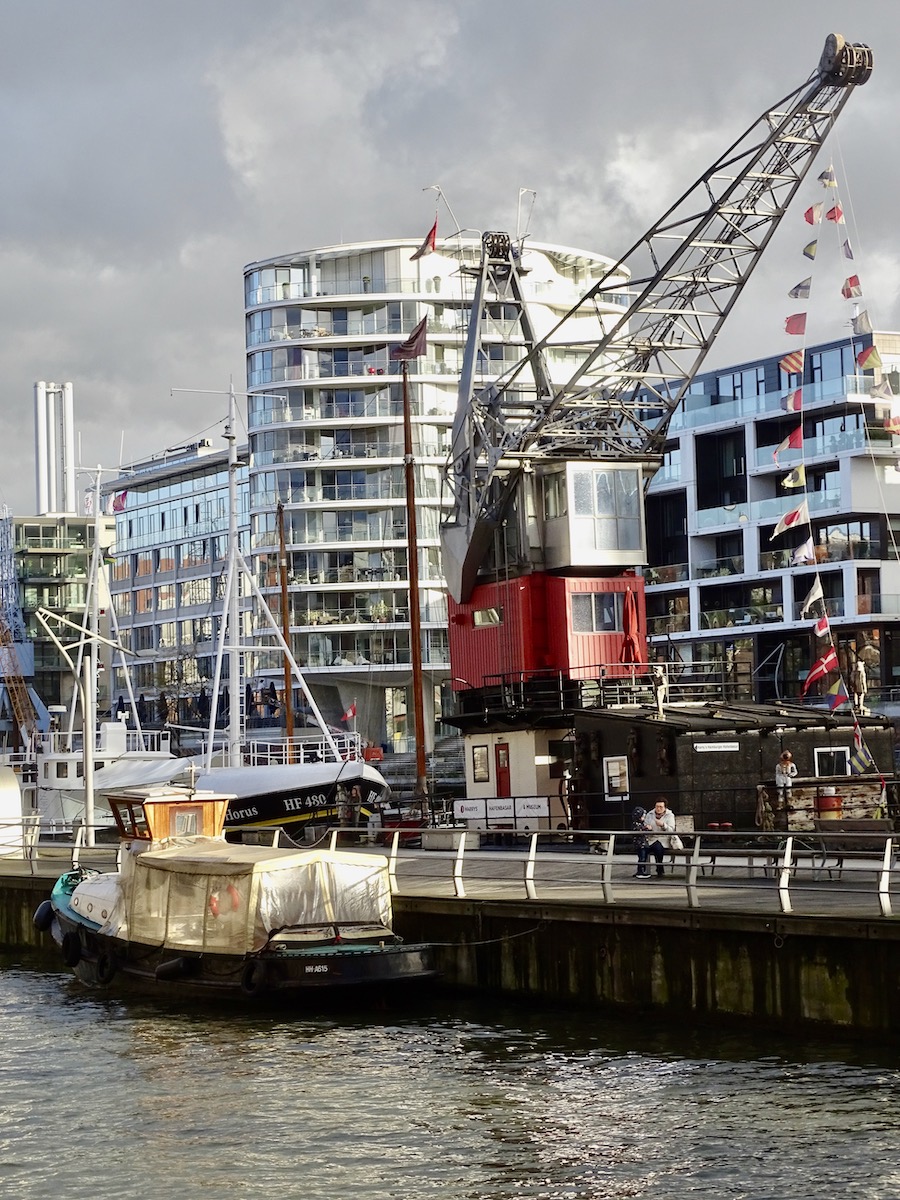
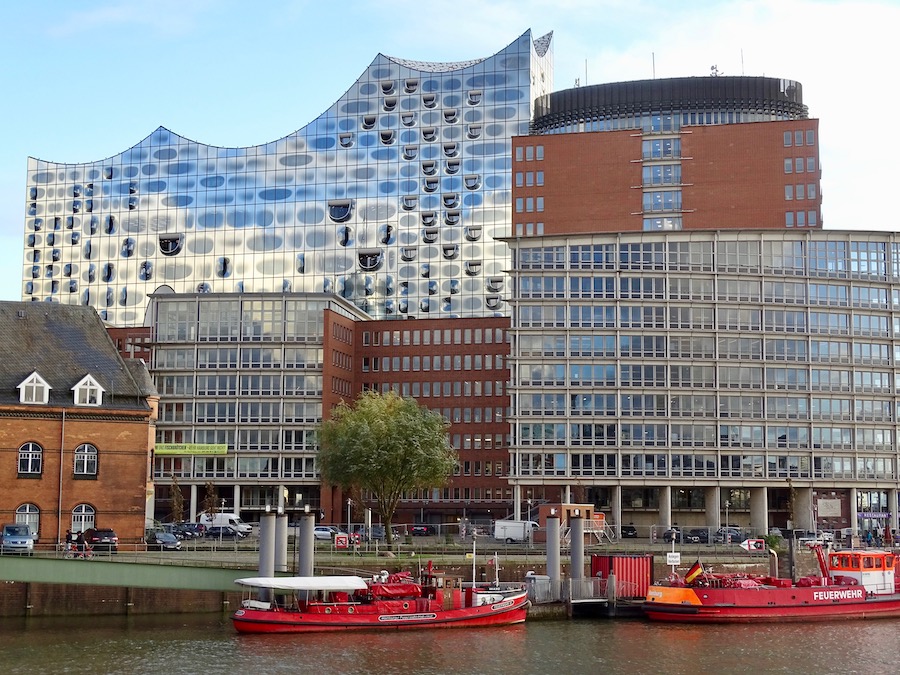
Two mayor fires caused the most architectural changes. The first one was the great fire of Hamburg which occurred from 5 to 8 of May, 1842. One third of Altstadt was destroyed including several important buildings and churches. 1,700 residents were also destroyed and 51 people died. The other fire was Operation Gomorrah during World War II.
Europe has very strict building regulations in order to preserve historical neighborhoods. However, the destruction of several cities in Germany meant they had to be rebuilt after the war. Which is why you will find such a contrast in the architectural style of buildings in Hamburg. Some were reconstructed as before, while others are brand new designs.
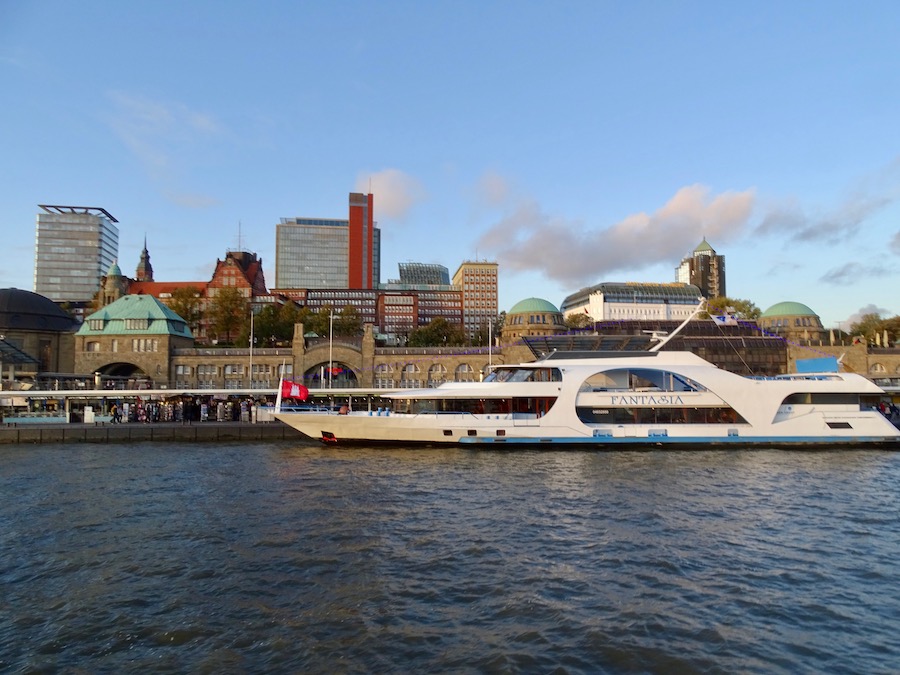
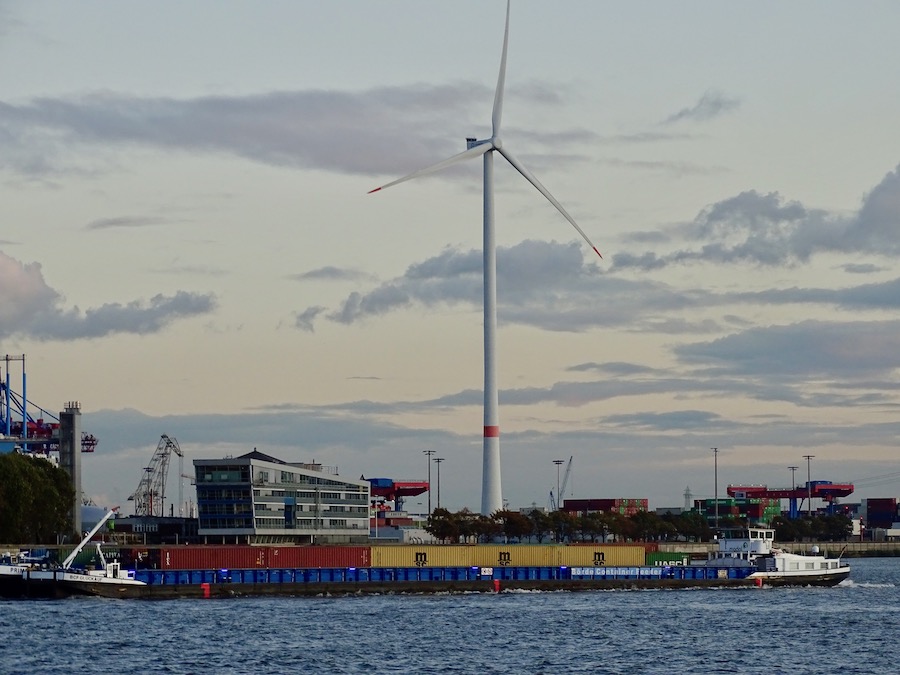
World War II in Hamburg
Knowing about Hamburg’s past is essential to understanding its present. Some buildings in Hamburg are quite new and modern, while others are hundreds of years old. While the Nazi and the Axis powers did a lot of damage during World War II, they also were severely attacked by the Allies. At the time, Hamburg was the second largest city of the Third Reich. Britain used the neo-Gothic spire of St Nikolai Church as a target for night raids which happened for a few days, while the Americans bombed during the day.
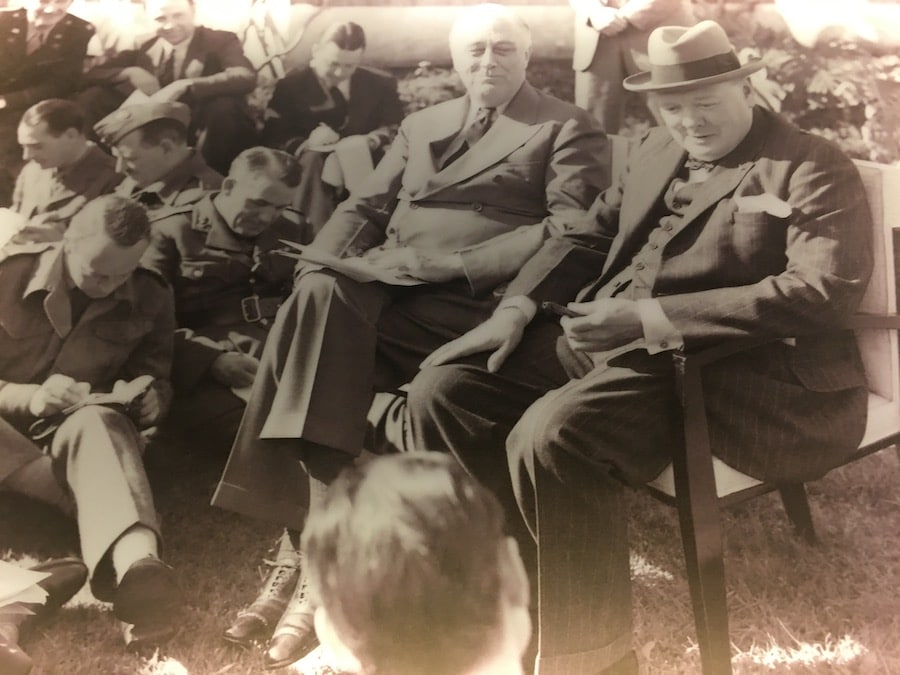

On July 27, 1943 Operation Gomorrah occurred. The name was selected in reference to the biblical story of Sodom and Gomorrah, cities that were engulfed by fire by the divine judgement of God. That week was unusually warm and dry, creating the worse possible conditions for the bombs that were thrown. Hamburg became a volcano with no oxygen in the firestorm, causing many to suffocate. 40,000 people lost their lives in a few days, being the worse attack on Germany during World War II.
The allies wanted the German morale to deteriorate, so the purpose of the attack was not a military one to destroy the ports, armament factories and shipbuilding facilities. Their targets were popular residential neighborhoods where the working class lived, including Hammerbrook, Hamm and Borgfelde. Half of the residences in the city were destroyed, with ten square miles of the city obliterated. 900,000 inhabitants had to flee. It was utter chaos.
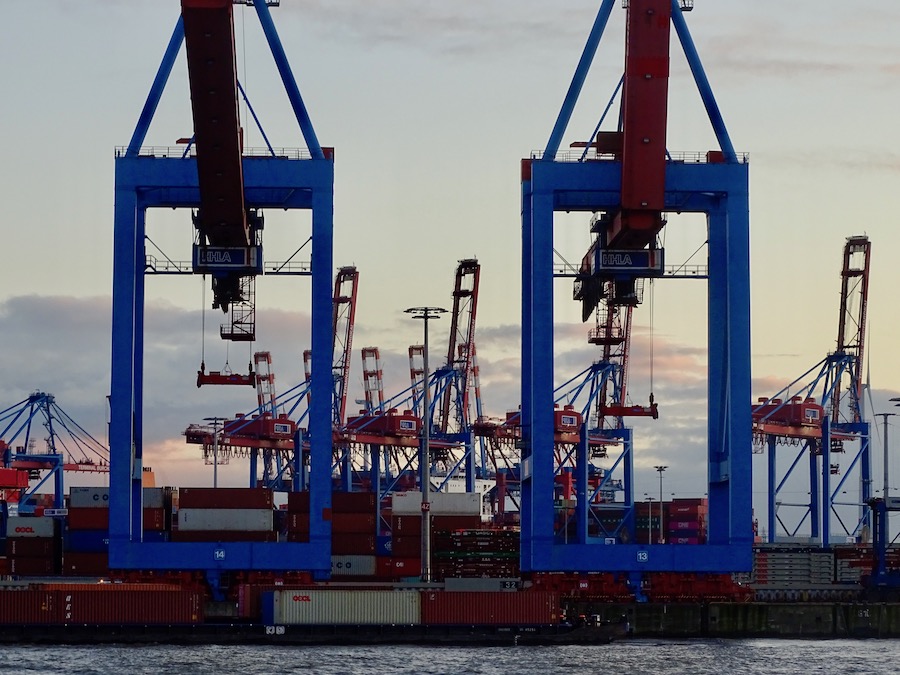
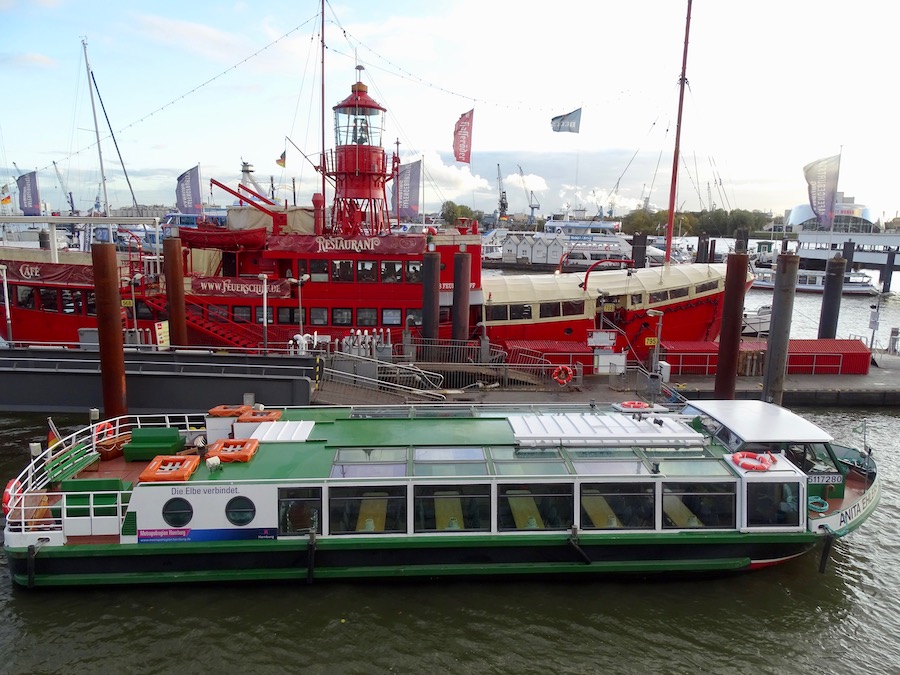
Here is my list of top buildings in Hamburg
Elbphilharmonie
This is probably the most photographed building in Hamburg. Its location on the Grasbrook peninsula right on the Elbe allows it to be seen from different angles, including from a river cruise. At 110 meters, it is the tallest inhabited building in Hamburg, followed by the Radisson Blu Hotel Hamburg. It was build on top of the Kaiserspeicher, Hamburg’s biggest warehouse on the water in Sandtorhafen. This building dates back to 1875 but it was bombed and destroyed in World War II. What you see now is a reconstruction which was later called Kaispeicher. It was used to store cocoa, tobacco and tea until the late 1990s. But trade diminished and the building remained empty. Later, Swiss architect firm was selected to design a new concert hall. In 2007 the parliament of Hamburg voted in favor of the project and the first stone was laid in April 2007.
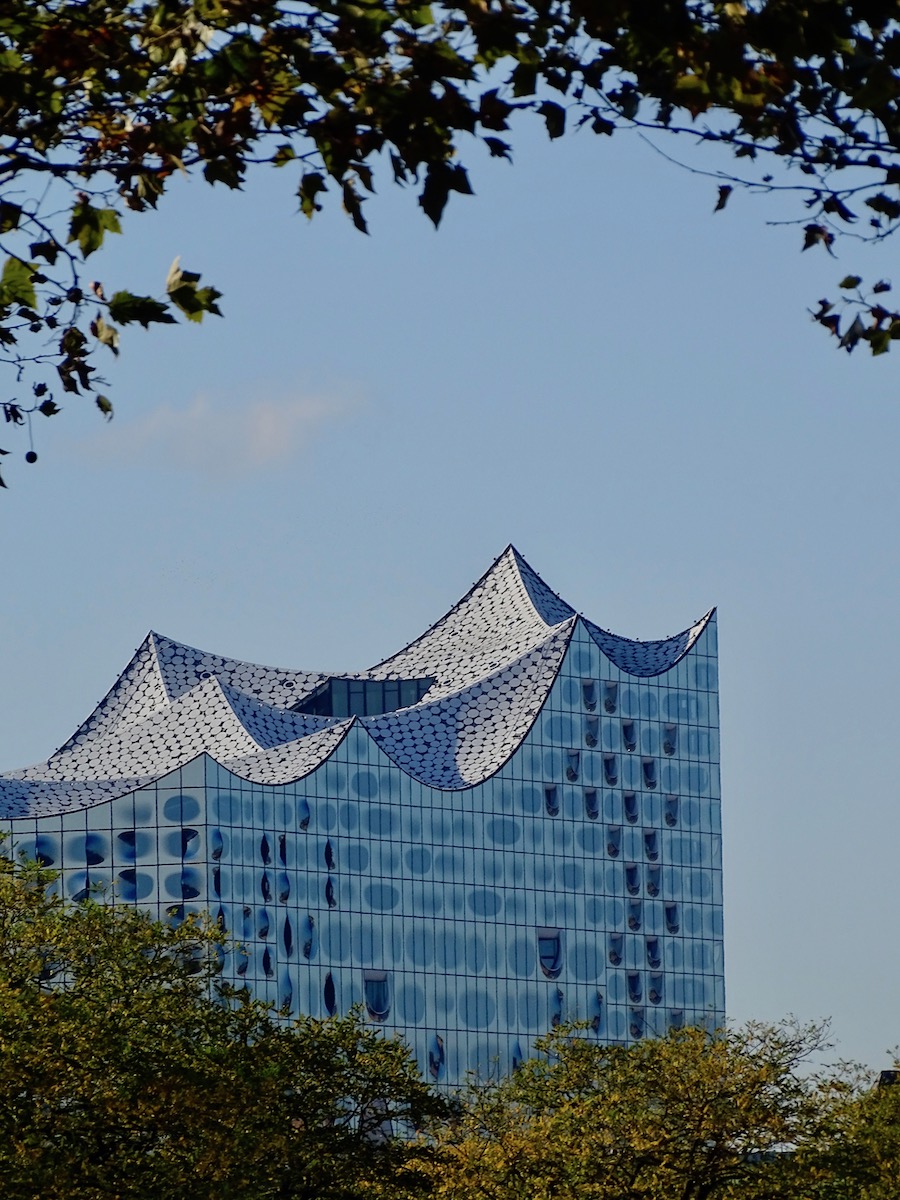
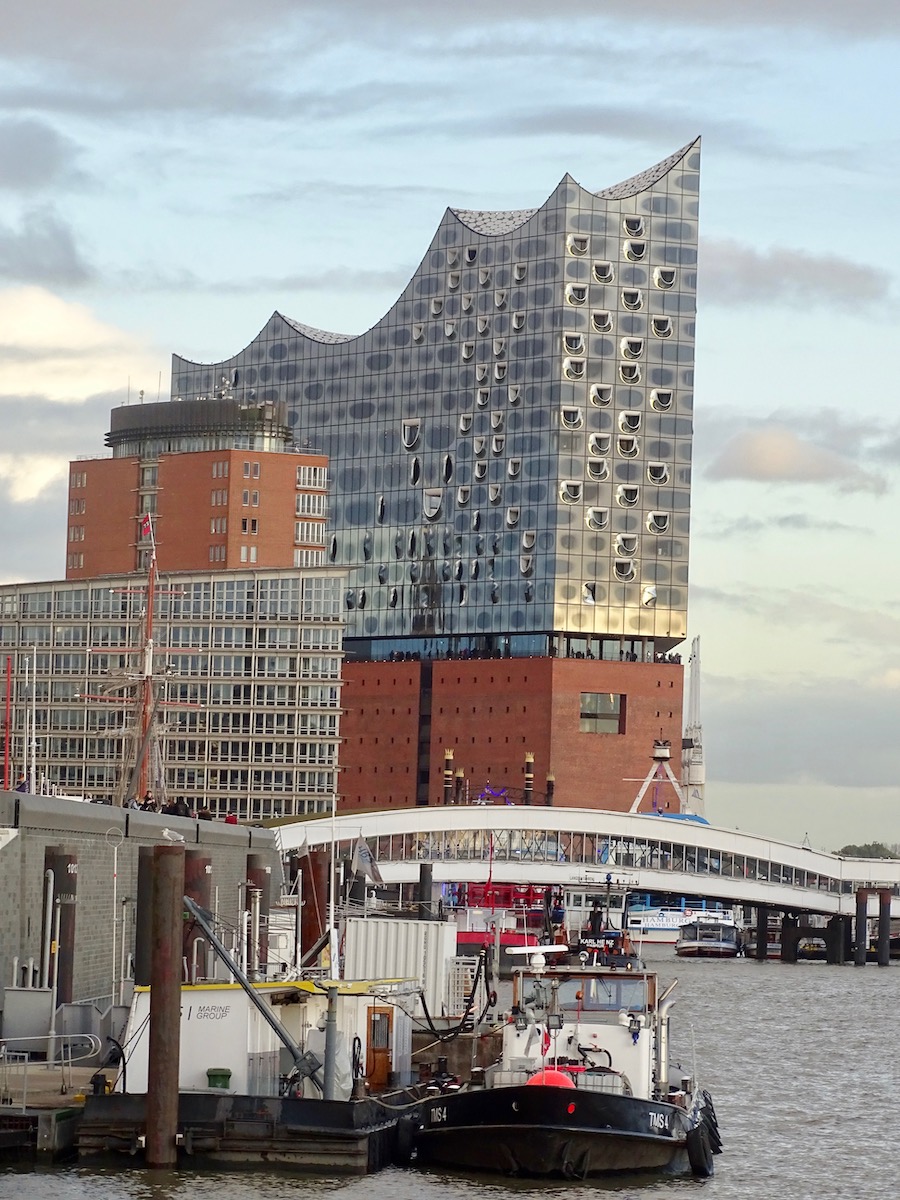
Initially it was to be finished in 2010 at a cost of €241 million. But the contracts were amended a few times and construction was delayed. Finally, it opened on 31 October 2016 at a cost of €866 million. Climb up white electric stairs to reach the main plaza which lays on top of the brick building. A terrace goes around it providing some of the best views of the city of Hamburg. Entering the Elbphilharmonie has no cost. Inside are two concert halls, the Westin Hamburg Hotel and residential apartments. The Great Concert Hall can accommodate 2,100 people who surround the performers since they play in the center. 10,000 drywall plates were installed to disperse sound waves. A smaller Recital Hall has a capacity for 550 visitors and is used for concerts. If you wish you attend a performance then you can tickets on the Elbphilharmonie’s website.
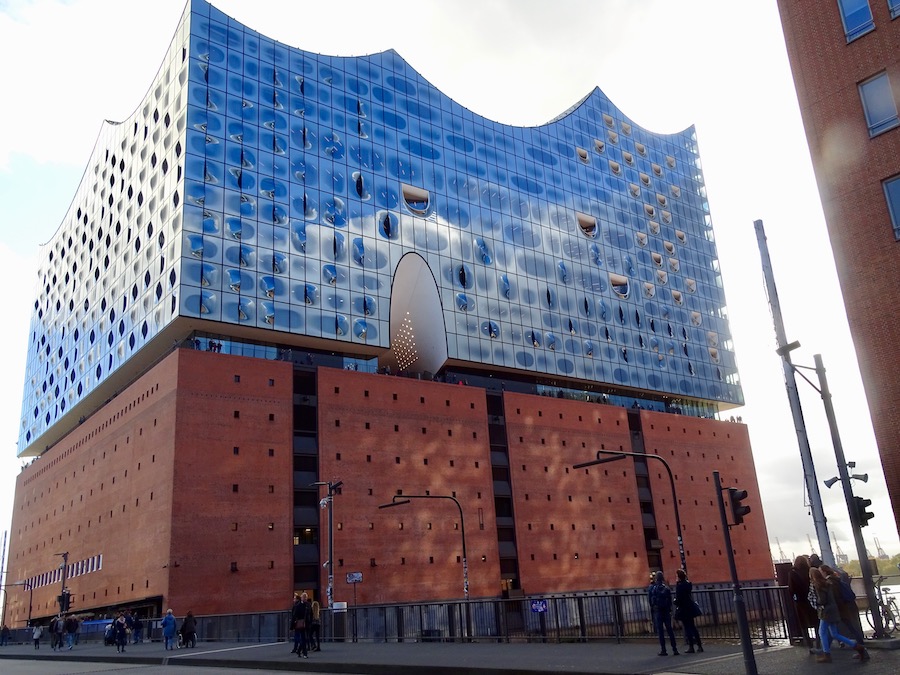
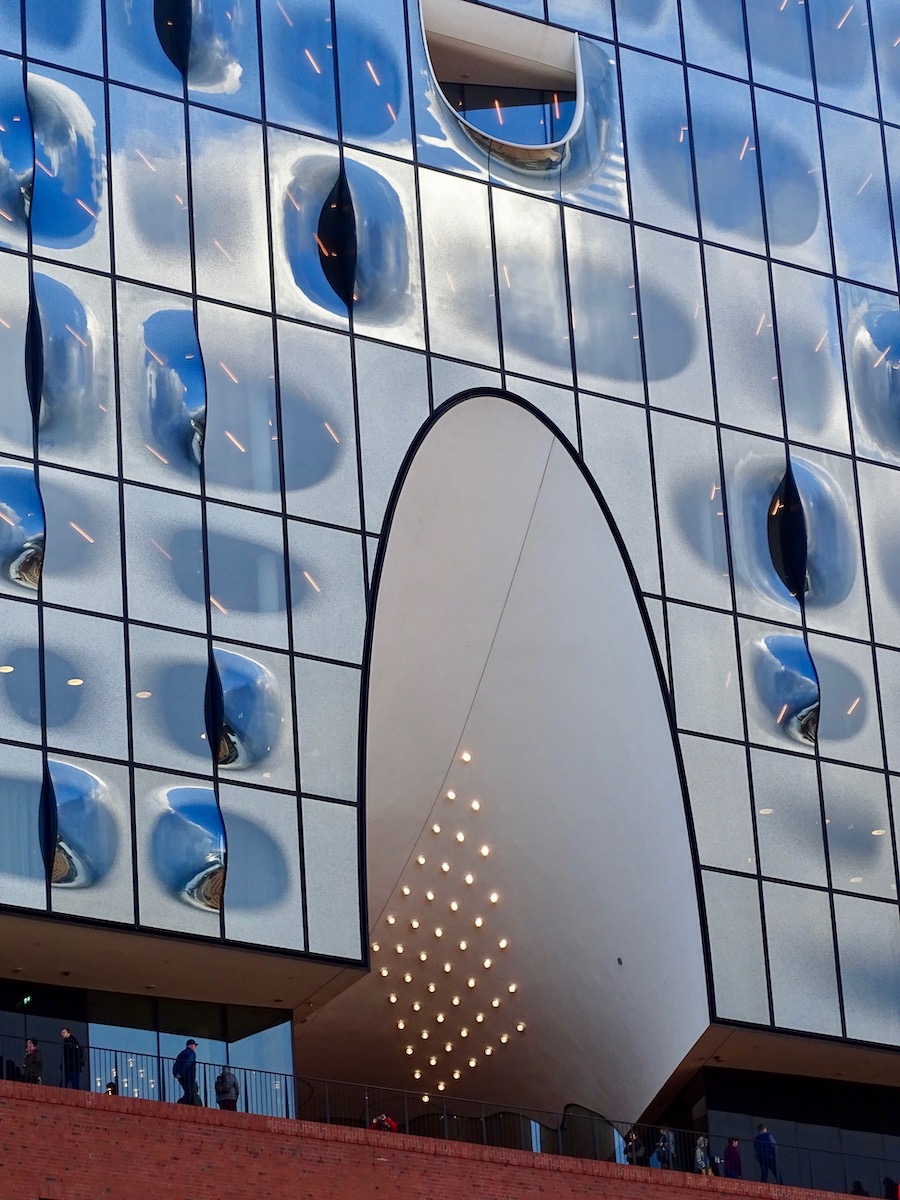
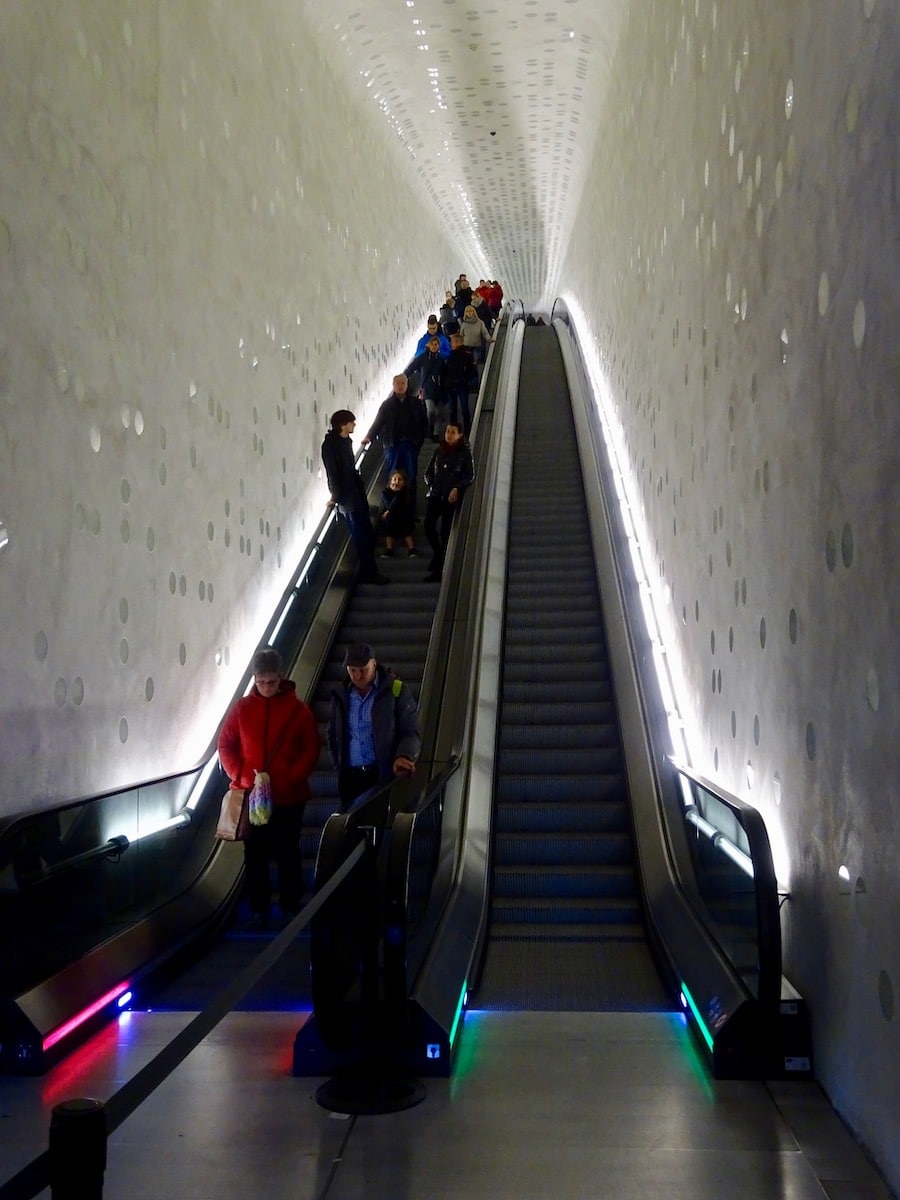
Hamburg’s Rathaus (City Hall)
Rathaus is the German word for the place where the government meets. The city hall was one of the first buildings in Hamburg that I visited. It is located quite close to the central train station, in front of a market square called Rathausmarkt. Next to it are the Alster Lakes which were artificially made for recreational purposes. The current building is actually the sixth edition; the one before was burned in a fire in 1842. It took almost 44 to build the new one, at a cost of €80 million. Construction started in 1886 with 4,000 wooden poles supporting the weight of the building located next to a muddy lake. Finally it was inaugurated by the Mayor on October 26, 1897.
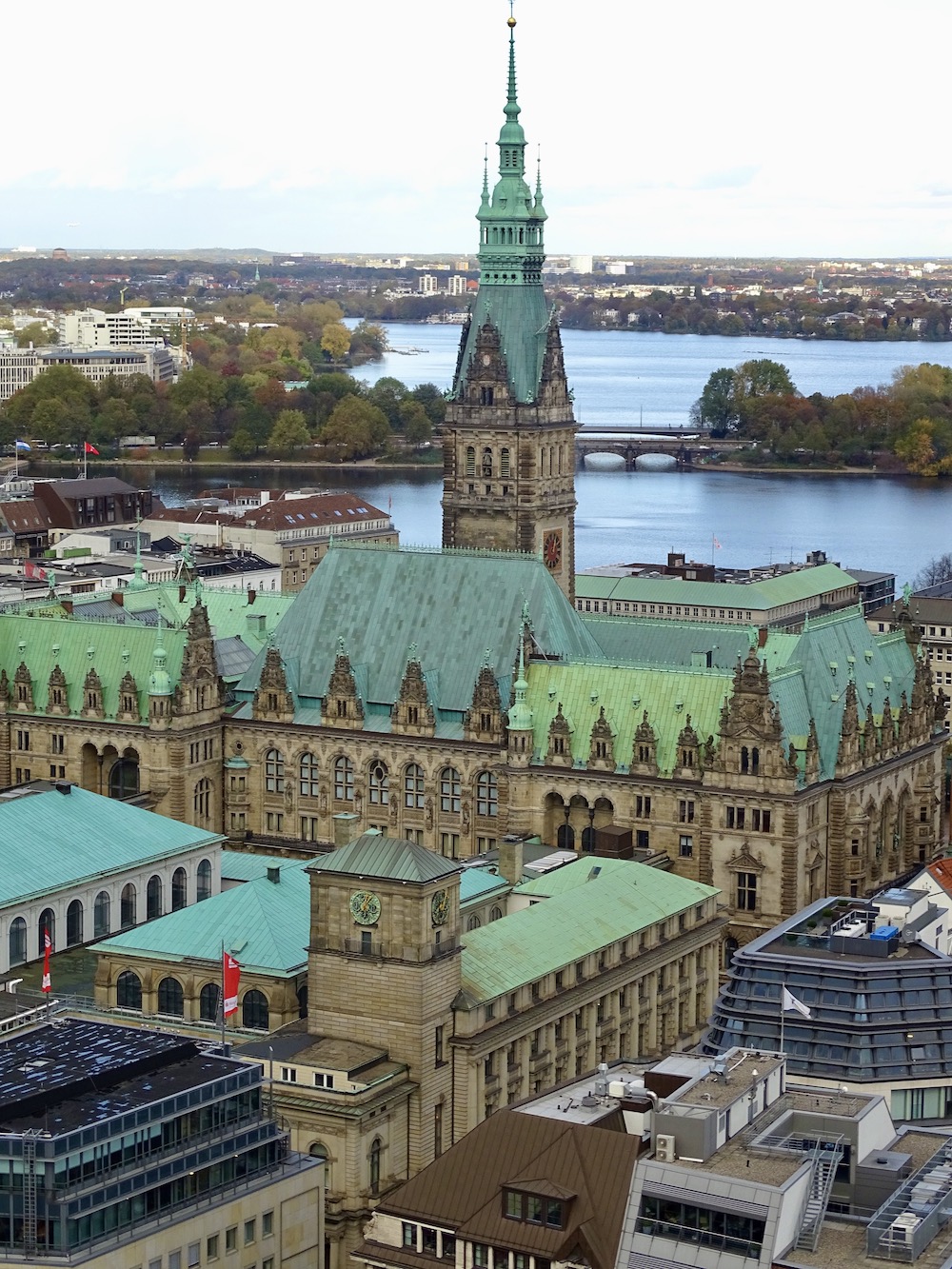
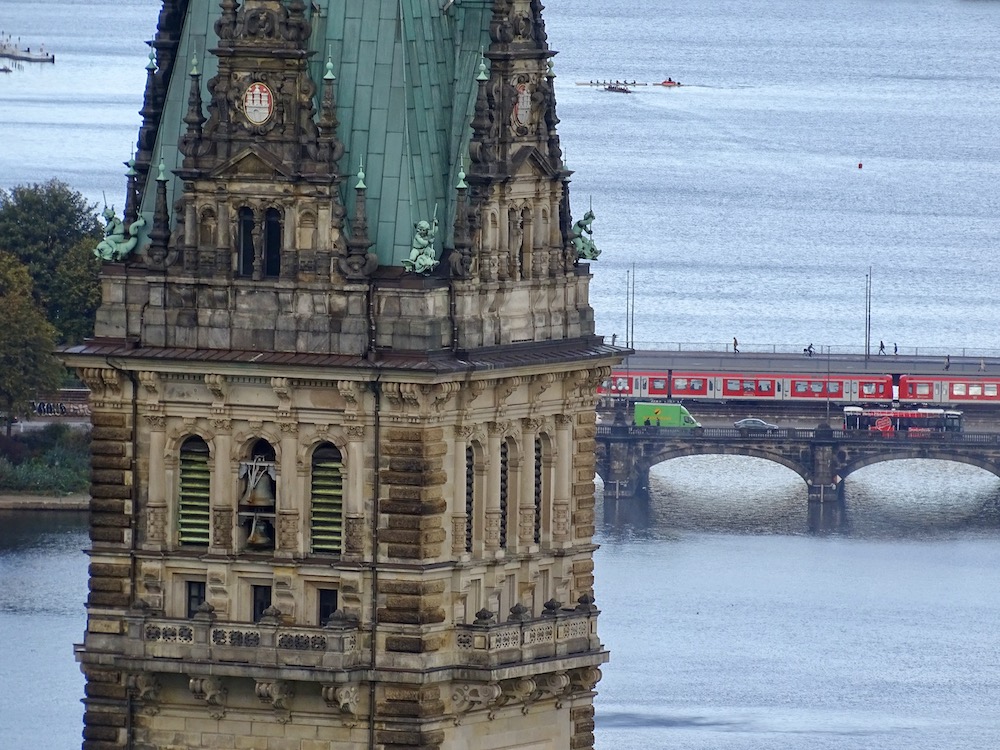
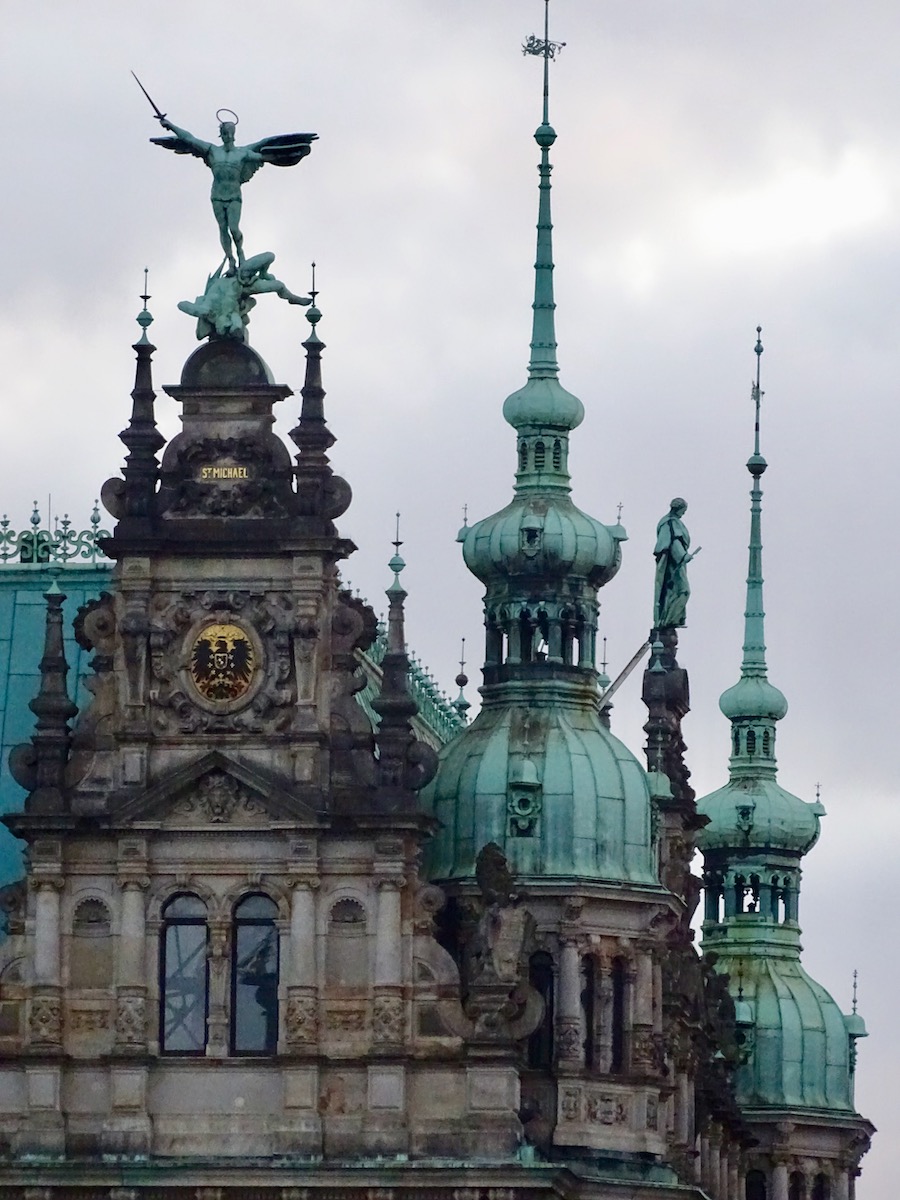
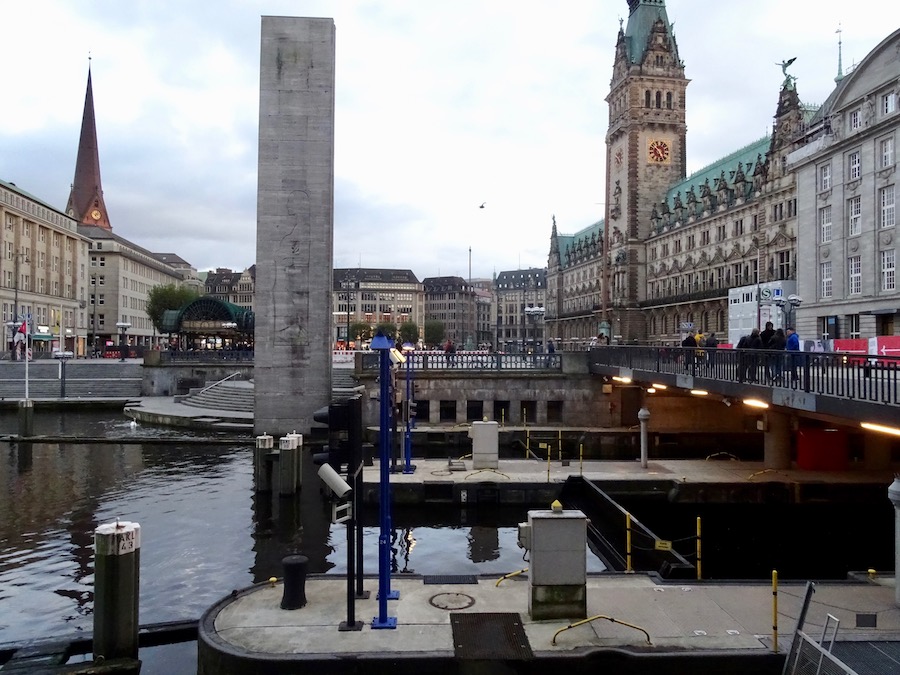
This building was constructed during a period of wealth, when the Kingdom of Prussia was transformed into the German Empire. It was done in a Neo-Renaissance architectural style and luckily it was not affected during the bombings. Anybody can visit the Hamburg Rathaus from 8 a.m. to 6 p.m. The lobby is used for concerts and exhibitions, while the emperor’s and the mayors halls are meeting spaces. It is quite a large building, with 647 rooms distributed in 5,400 m2. Its tower is 112 meters high, which can be climbed in 436 steps. You can always take one of their tours if you wish to learn more information about the building.
Alsterarkaden
After the Great Fire of 1842 destroyed Hamburg’s Rathaus (City Hall) the area had to be reconstructed. Alexis de Chateauneuf was the urban planner in charge of designing Alsterarkaden. He had been inspired by his travel to Italy and wanted to create a building with symmetry and curved arches. The Mellin Passage connects Alsterarkaden with the Neuer Wall shopping street. This is the city’s oldest shipping arcade with restaurants and luxury shops such as Armani and Burberry.
The name Alsterarkaden comes from the location, as it is right on the Inner Alster Lake. Swans live on this lake as a symbol of the freedom of the city. They are protected and taken care by the city government.
Hamburg’s television tower
The Heinrich Hertz Tower or “Tele-Michel” as it is called by the locals, is one of the most important landmark buildings in Hamburg. It was named after the Hamburg-based physicist Heinrich Hertz who proved that electromagnetic waves existed in the 19th century. This radio telecommunication tower was completed in 1968 for the former Deutsche Bundespost (now Deutsche Telekom). Currently it is the tallest building in the city with a height of 279.2 meters. It is also the sixth largest TV tower in Germany. Hamburg’s television tower still continues to broadcast programs.
Two high speed elevators take you up through its cylindrical structure to reach a two story observation platform and a restaurant above. Unfortunately, both levels and a bungee jumping base were closed in 2001. High levels of asbestos and new fire escape regulations required a large investment in order to keep them operating. It seems like they found a new investor inserted in managing the restaurant with the best views of Hamburg. In 2023 it will reopen to the public with a capacity to sit 340 people.
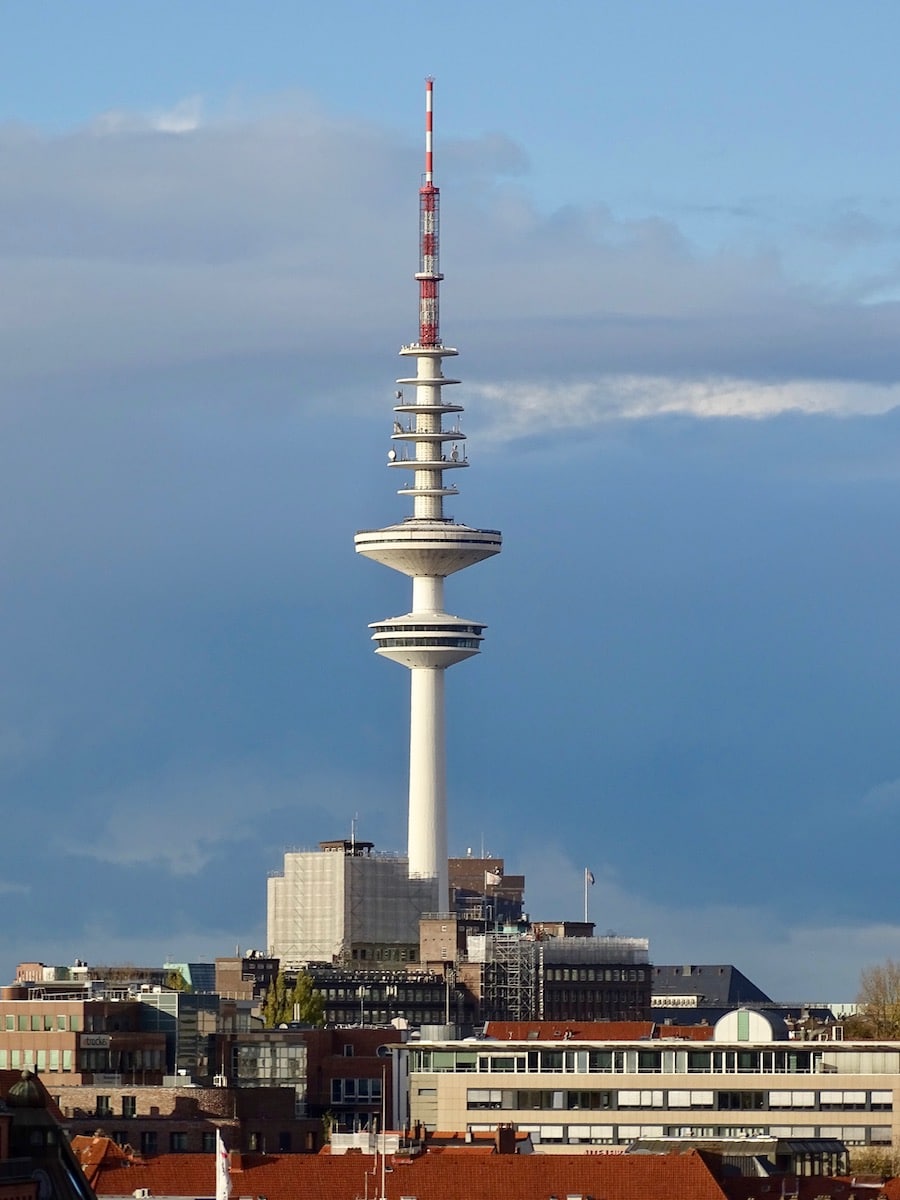
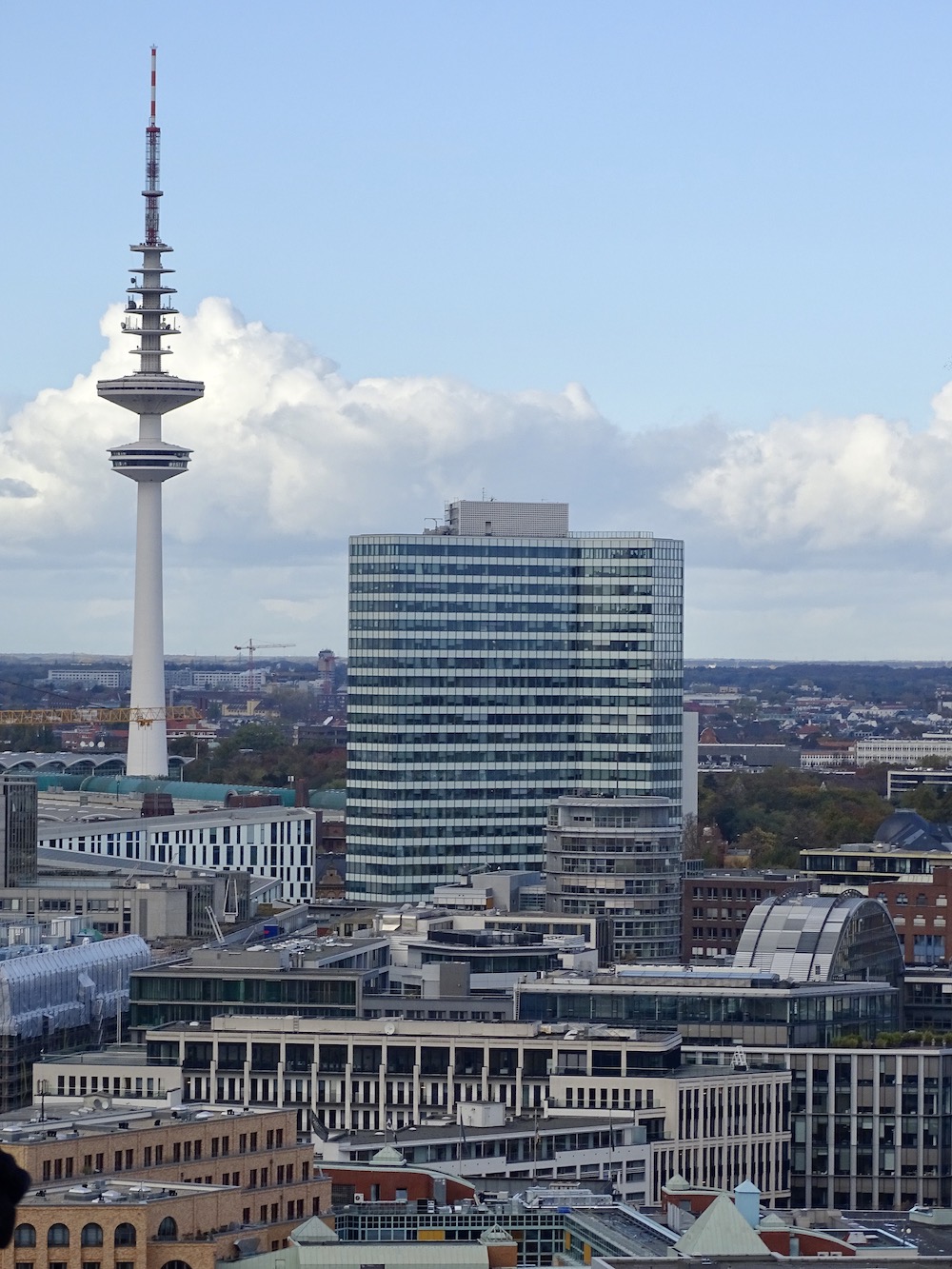
Speicherstadt and Holländischbrookfleet Canal Castle
Speicherstadt lies between Altstadt and the modern architecture of HafenCity. Speicherstadt shares a UNESCO World Heritage designation with Chilehous. With an area of 1.5 kilometers, this place is the largest warehouse district in the world. Sitting on the western tip of the Elbe, it is strained by two main channels which can be observed from a bridge that looks at its most famous building. Canal Castle on the Holländischbrookfleet Canal is a restaurant which is the most photographed building in Speicherstadt.


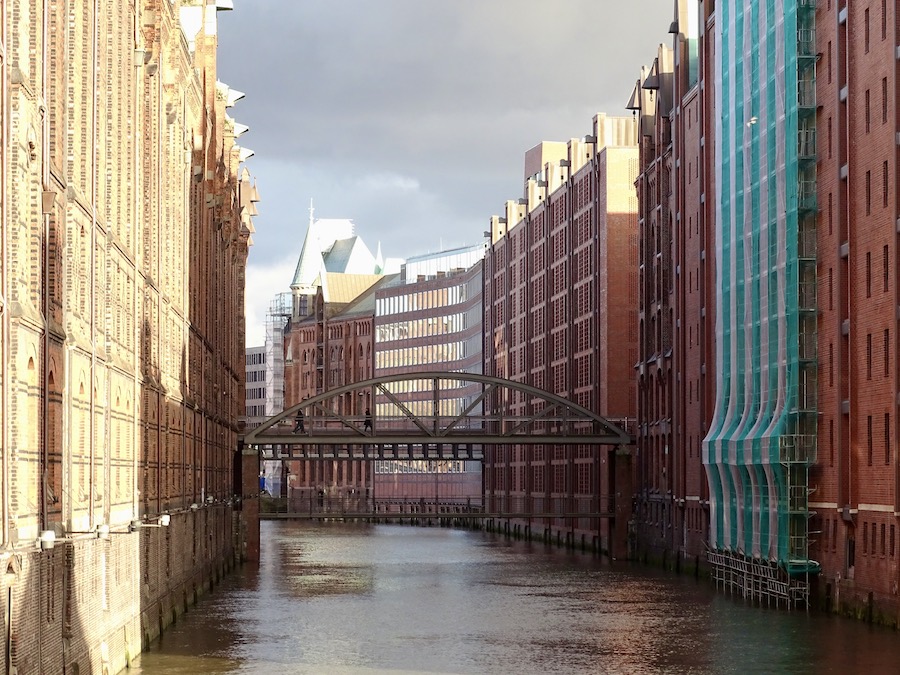
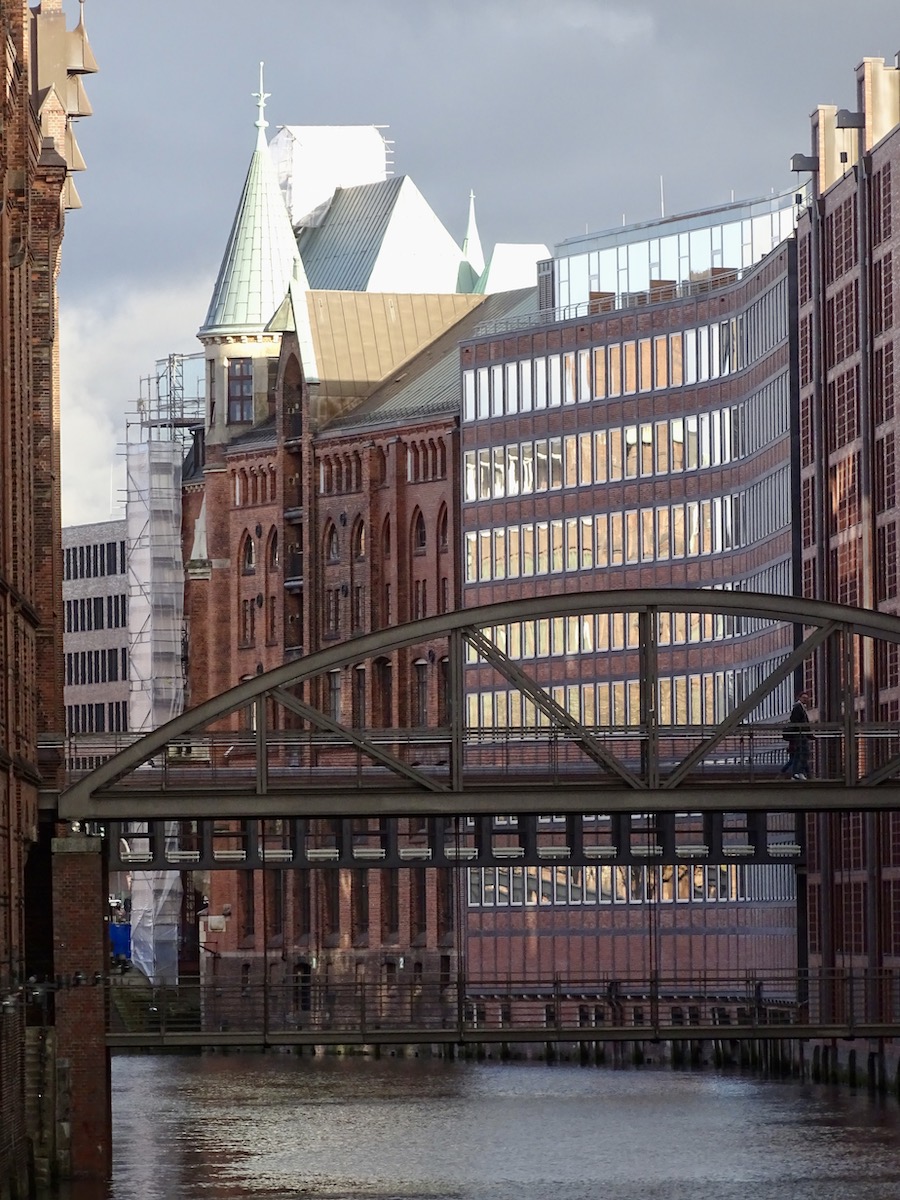
These warehouses started to be built in 1883, just five years before Hamburg received its Freihafen (free-port). The last buildings were completed in 1927. About half of the red brick buildings were destroyed in Operation Gomorrah. Their reconstruction was completed in 1967. Efforts made by the government of Hamburg have made this area a tourism zone. Elbphilharmonie is located here, as well as the Hamburg Dungeon, Miniatur Wunderlandand several museums.
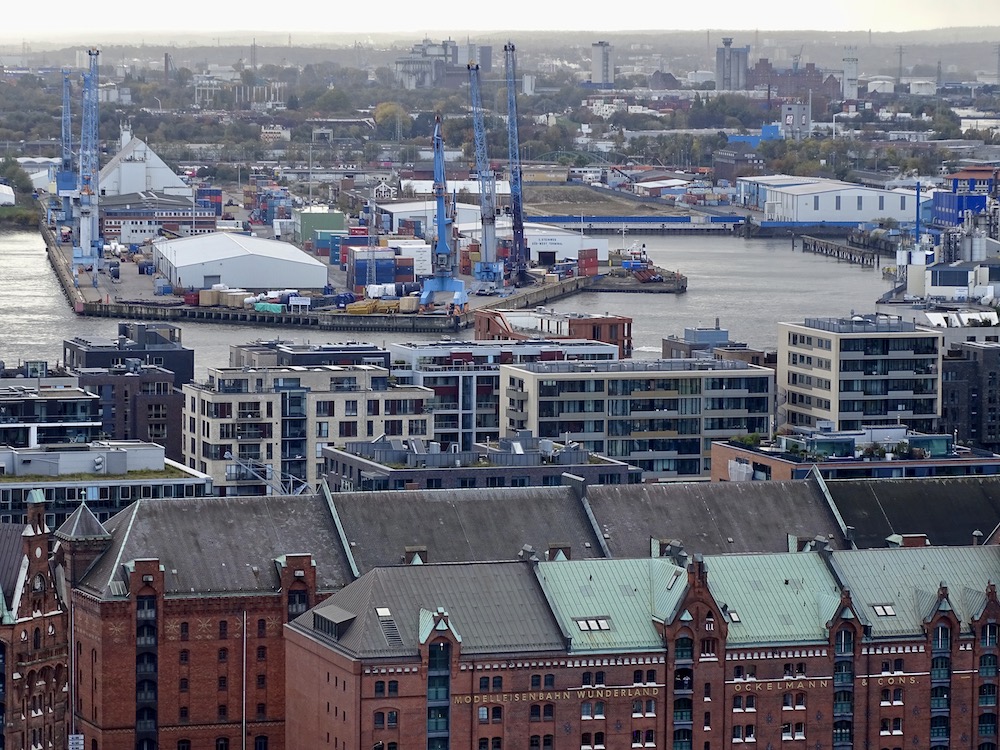
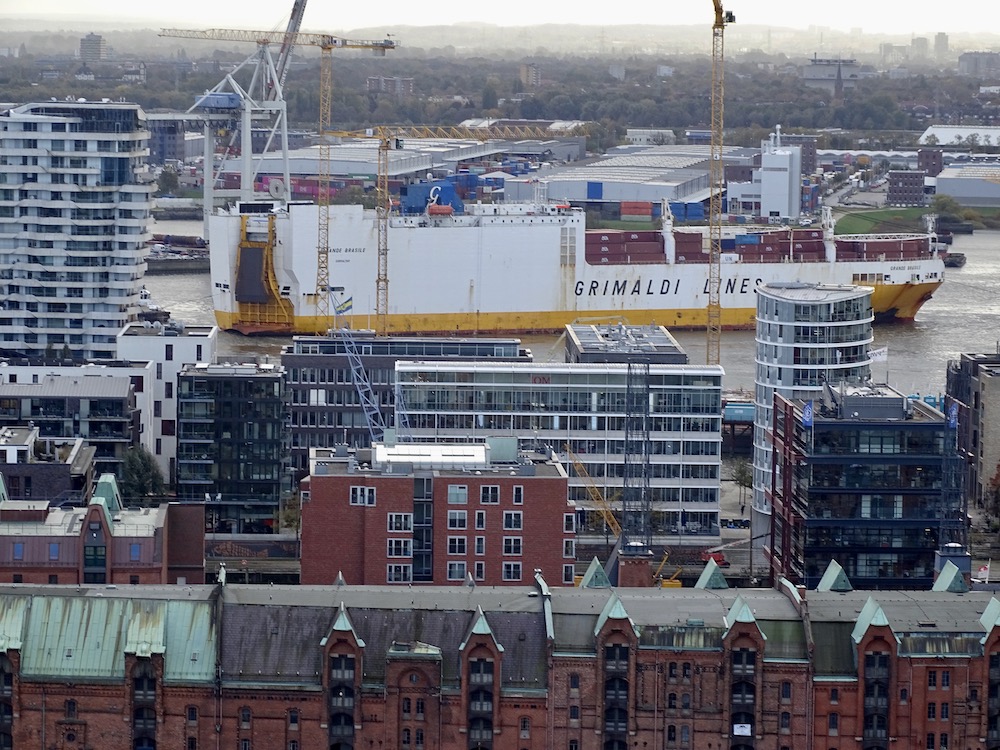
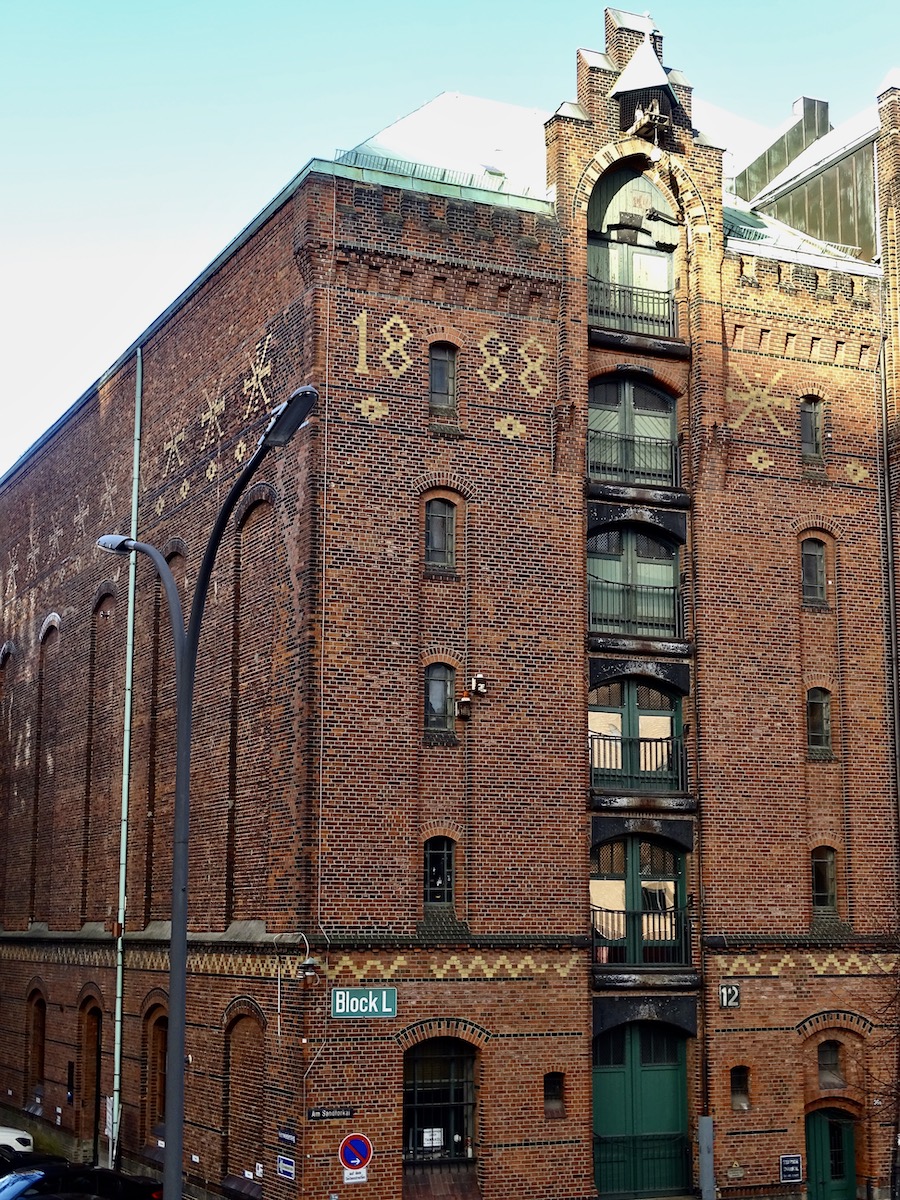
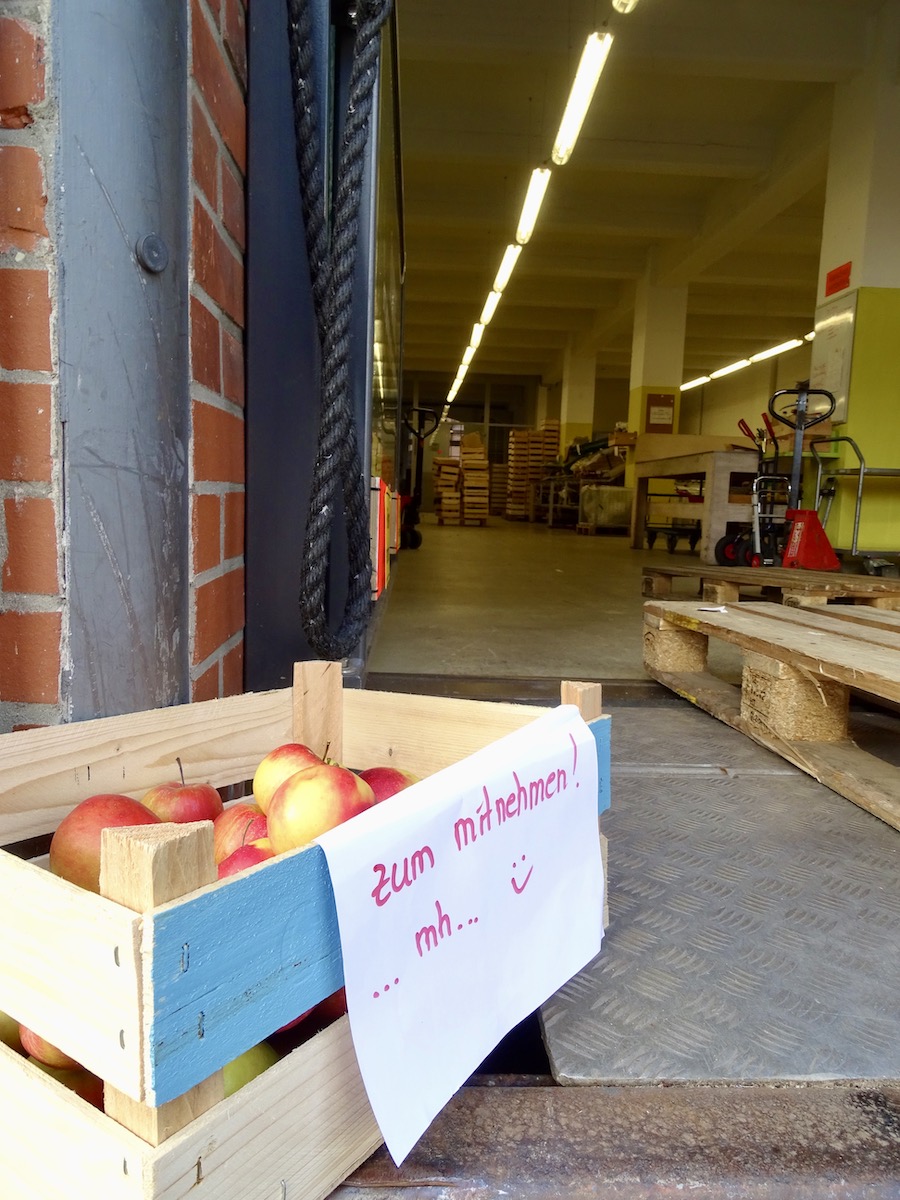
Chilehaus
The Chilehaus (Chile House) building is so impressive that it is a UNESCO World Heritage Site for its rich architecture and history. It might be weird to name a building after a country in Latin America, but the original owner Henry B. Sloman made his fortune trading saltpeter in Chile. The design and construction was done between 1922 to 1924, when Germany was going through a period of hyperinflation trying to recover from World War I. Located in the Kontorhaus district, it was quite close to my hotel in Hamburg. I passed by this curious building several times to go visit the city’s attractions.
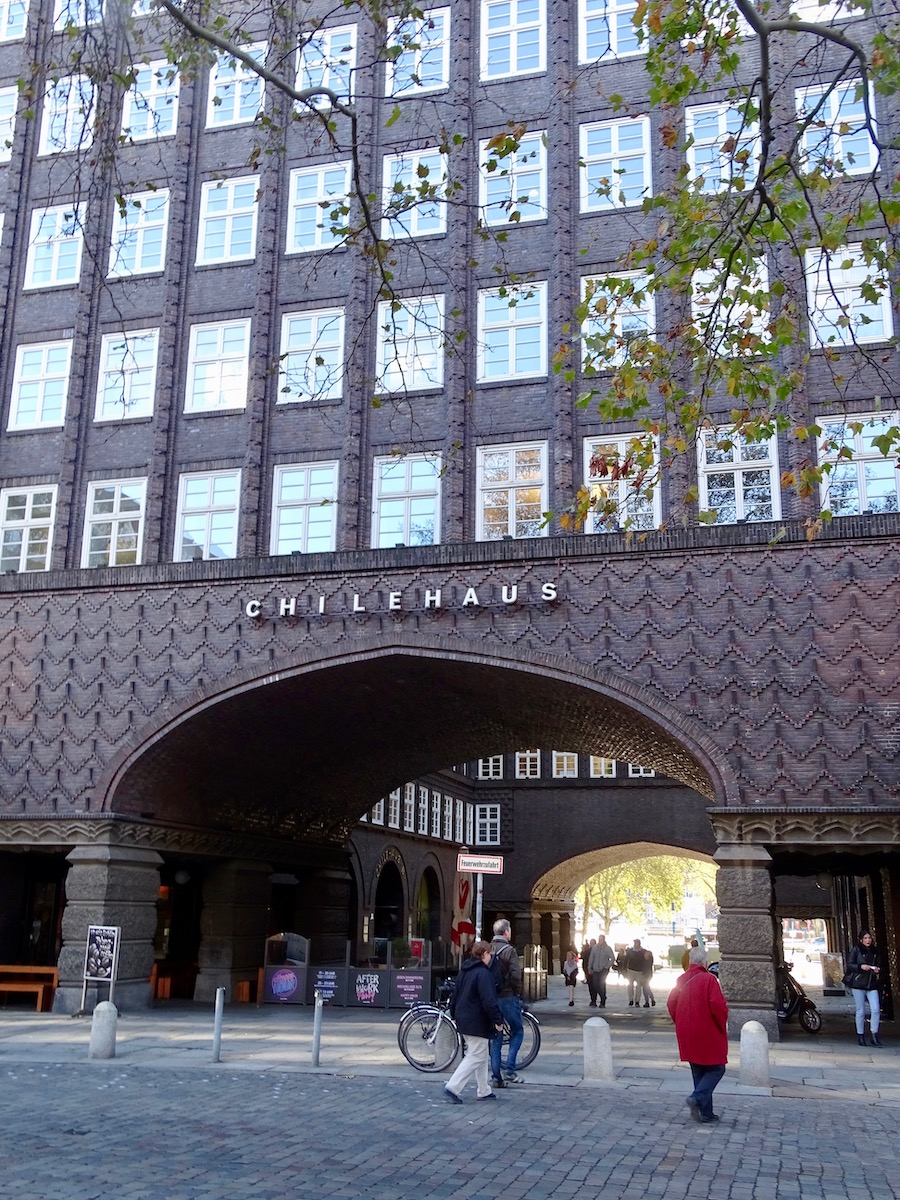
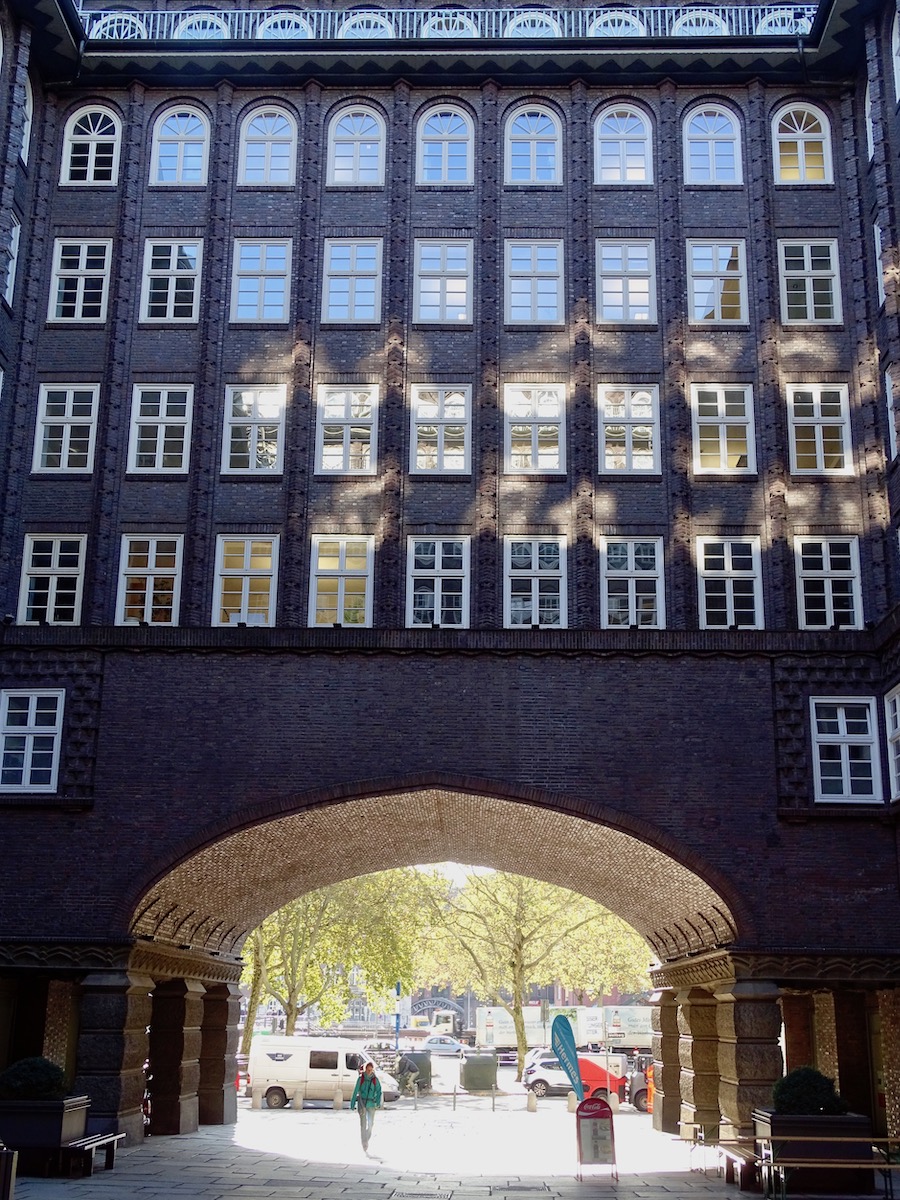
Its eastern tip looks like the prow of a ship. The center is open with a courtyard where anybody can walk through. Chilehouse was built on concrete pilings with a reinforced concrete structure because of its vicinity to the Elbe river. 4.8 million dark Oldenburg bricks were used in its construction. Make sure to pay attention to the details and the sculptures in its structure.
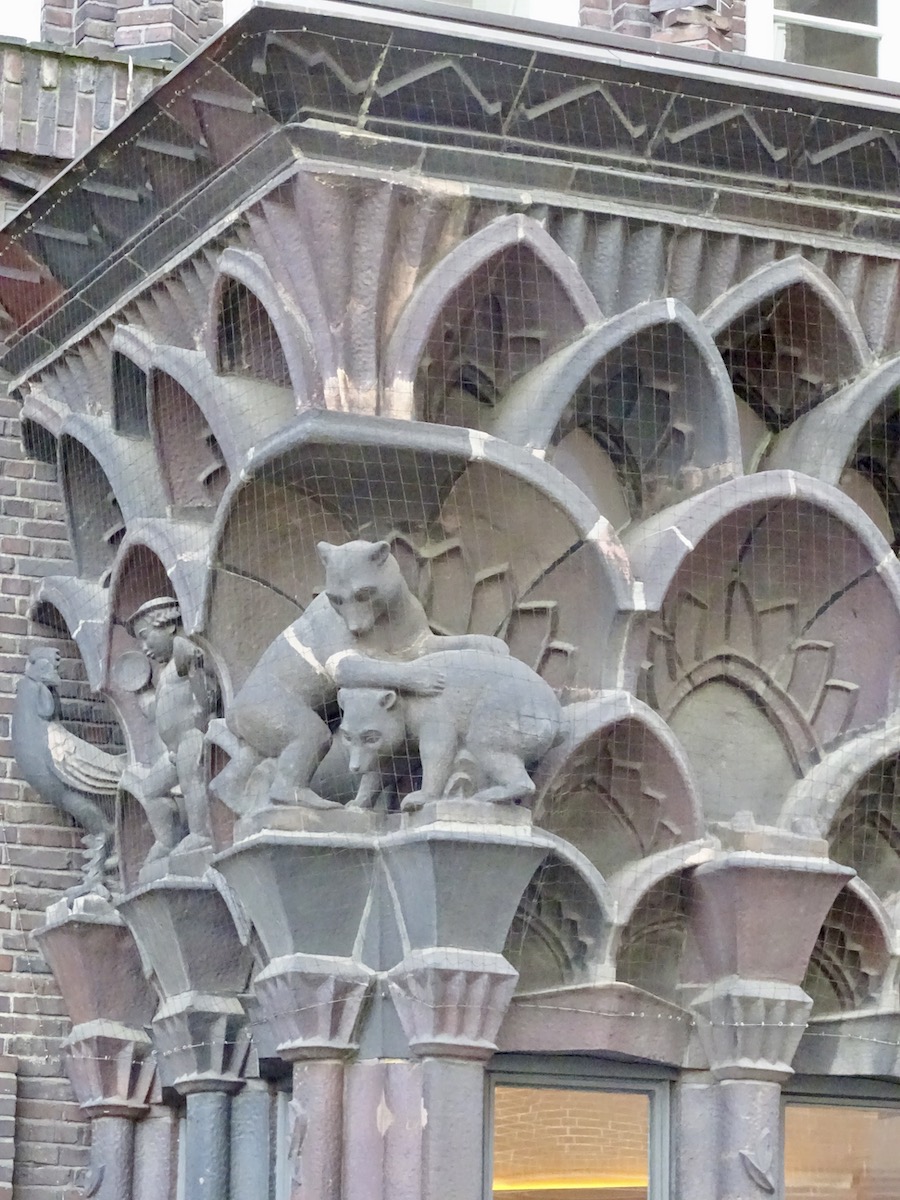
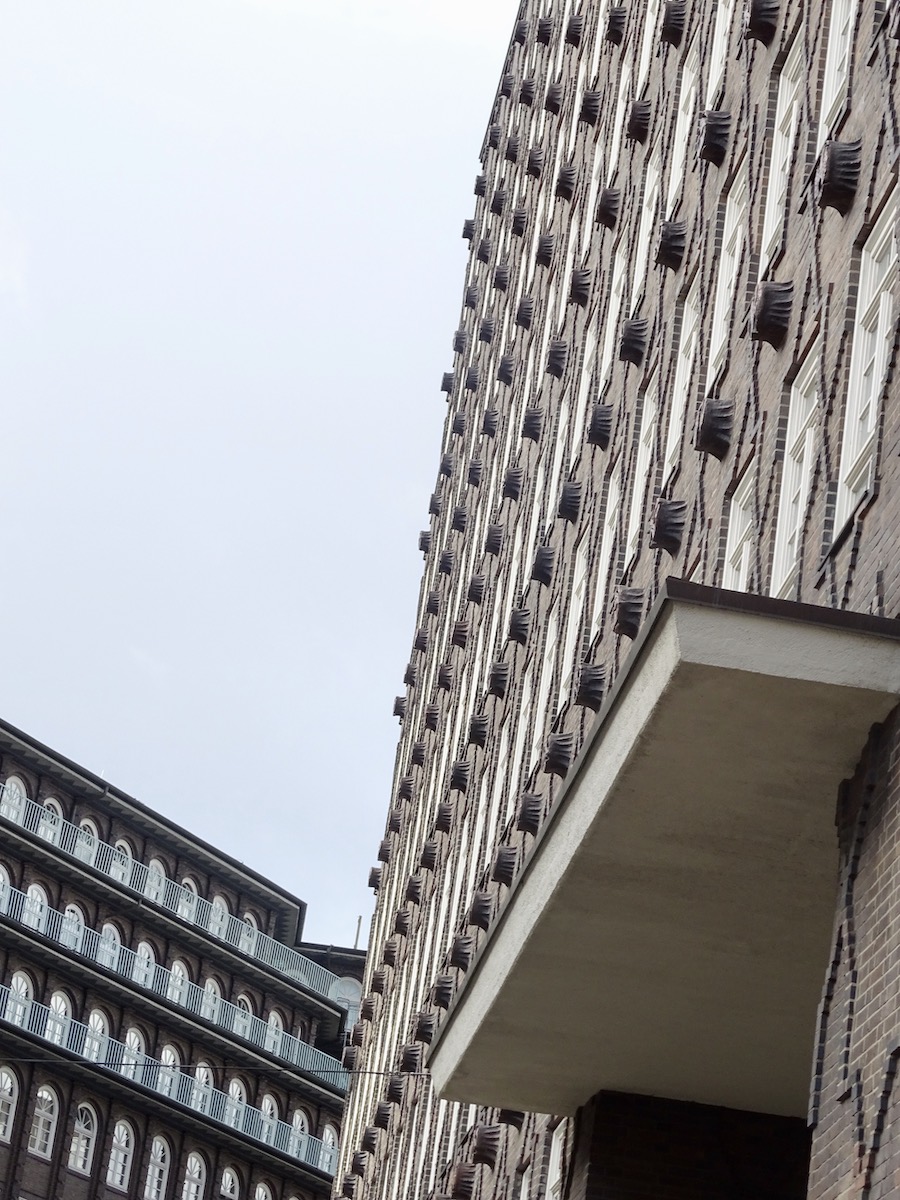
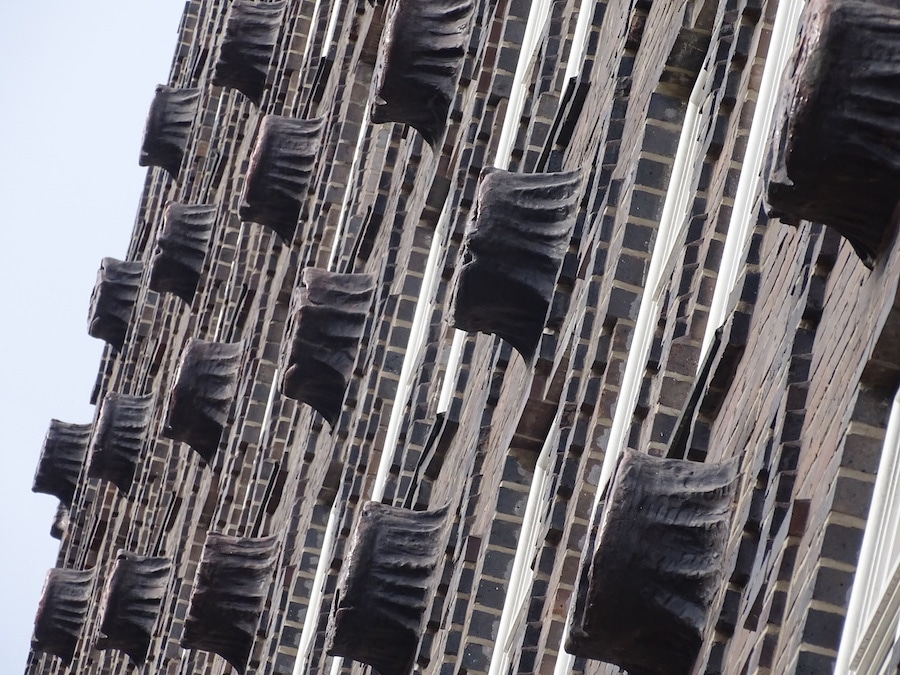
Dancing Towers
Dancing Towers are actually called The Tanzende Türme, but they resemble a couple dancing tango. Located on the district of St. Paili, these two towers lean towards and against each other. One is 85 meters high and the other a bit shorter at 75 meters. They were made of glass and steel. These buildings in Hamburg were completed in 2012 at a cost of €180 million. The architectural firm won the contract after participating in a competition.
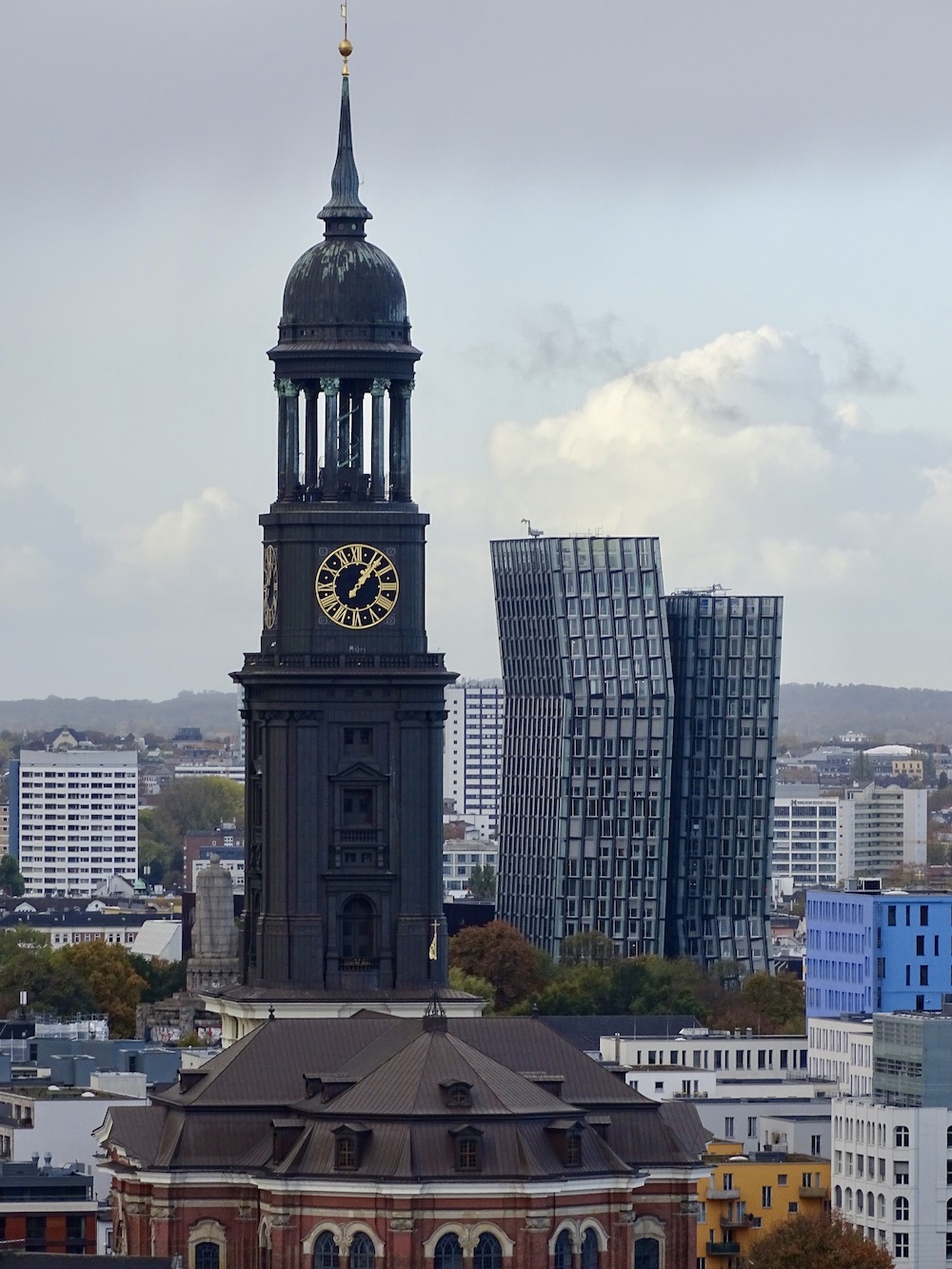
St. Michaelis Church
‘Michel’ as people commonly call this church, is the biggest in all of Hamburg. It is one of the five Lutheran churches. Unlike other churches that were converted from Roman Catholic, this one was always Protestant. The structure you see is the third one which was built on the same site. Originally it was built in 1669, but lighting destroyed it and later a fire. The 1786 construction changed the design to the baroque style seen today. Allied bombings affected many building in Hamburg, including this church which was rebuilt. Renovations have been ongoing since 1983, fixing the spire and roof.
At 132 meters, the copper bell tower is quite high and offers great views of Hamburg. I didn’t go up since I had already gone up St. Nicholas Church. The clock in the tower is the largest in Germany. Ships sailing the Elbe River use this as a landfall mark. St. Michaelis Church is quite big, its nave can fit 2,500 people and it has an altar made from marble that is 20 meters high. Inside you can also see five different organs.
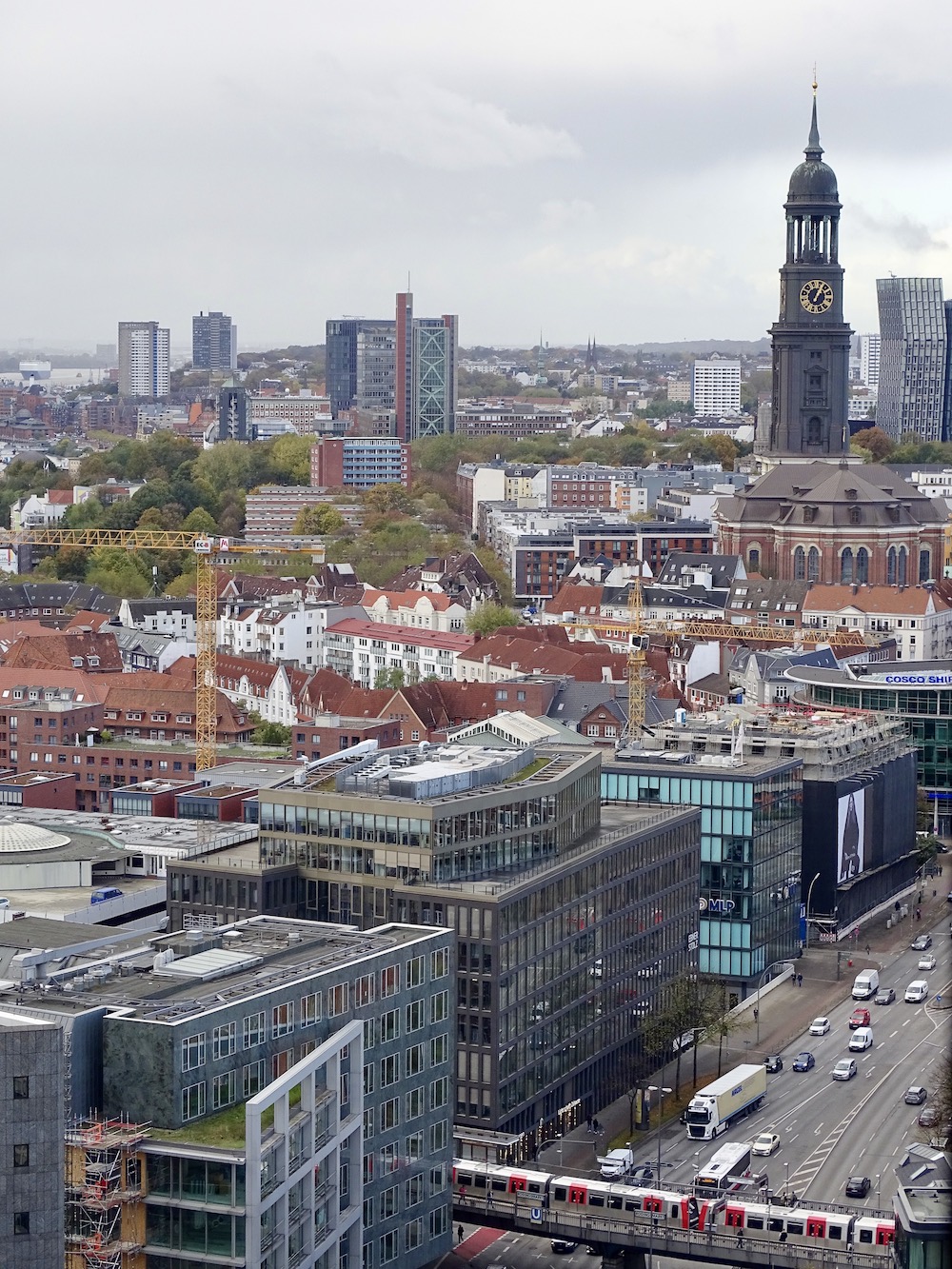
St. Katharinen Church
St. Katharinen Church is quite an old Lutheran Church dating back to the 13th century. The earliest record of the church’s existence dates back to 1256. It is the second oldest of all buildings in Hamburg, after the lighthouse on Neuwerk island. During the 15th century it was rebuilt in a German Brick Gothic Style with a Baroque roof added to the spire in 1657. Allies bombs almost destroyed this church, which was reconstructed between 1950 and 1957. The copper and gold steeple is considered to be the prettiest in the city. Katharinen was a Cyprian princess and on top of the spire sits her crown.
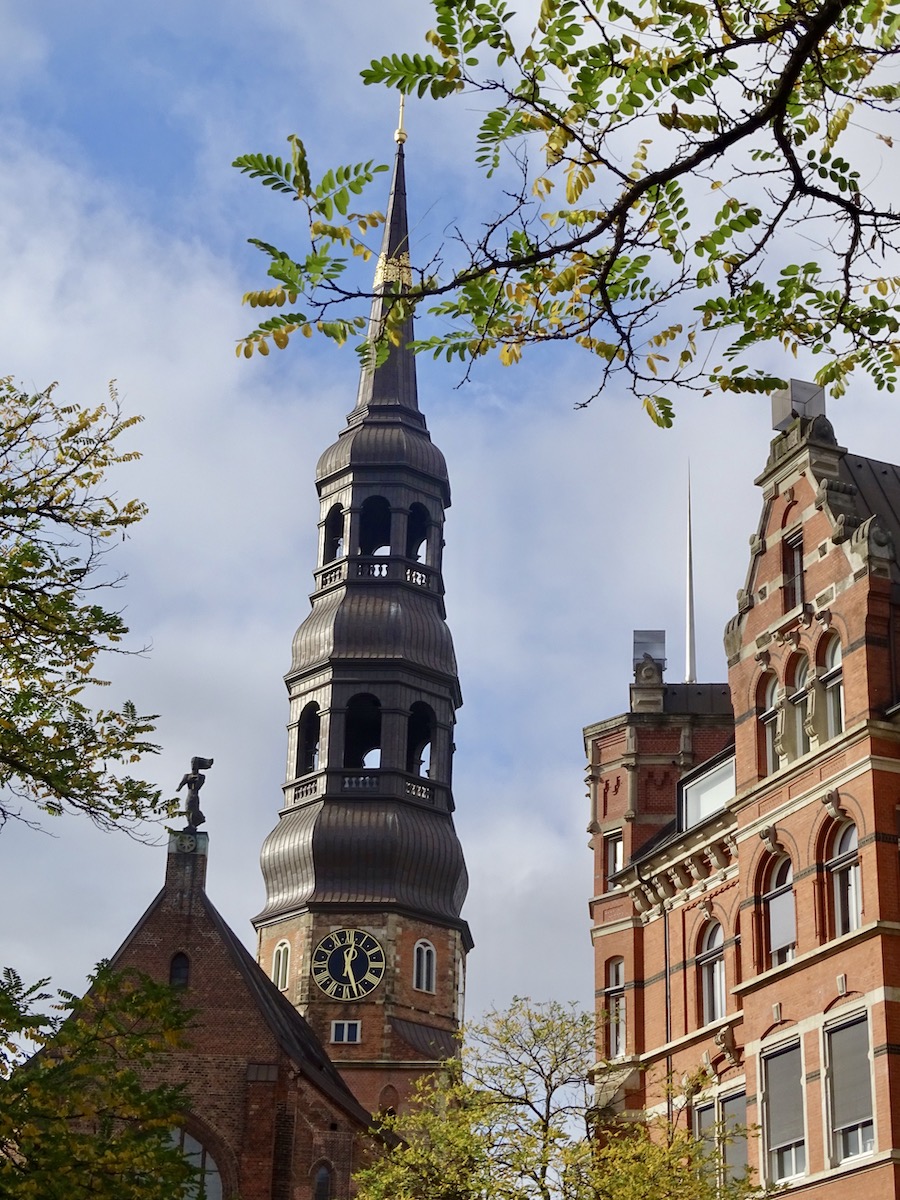
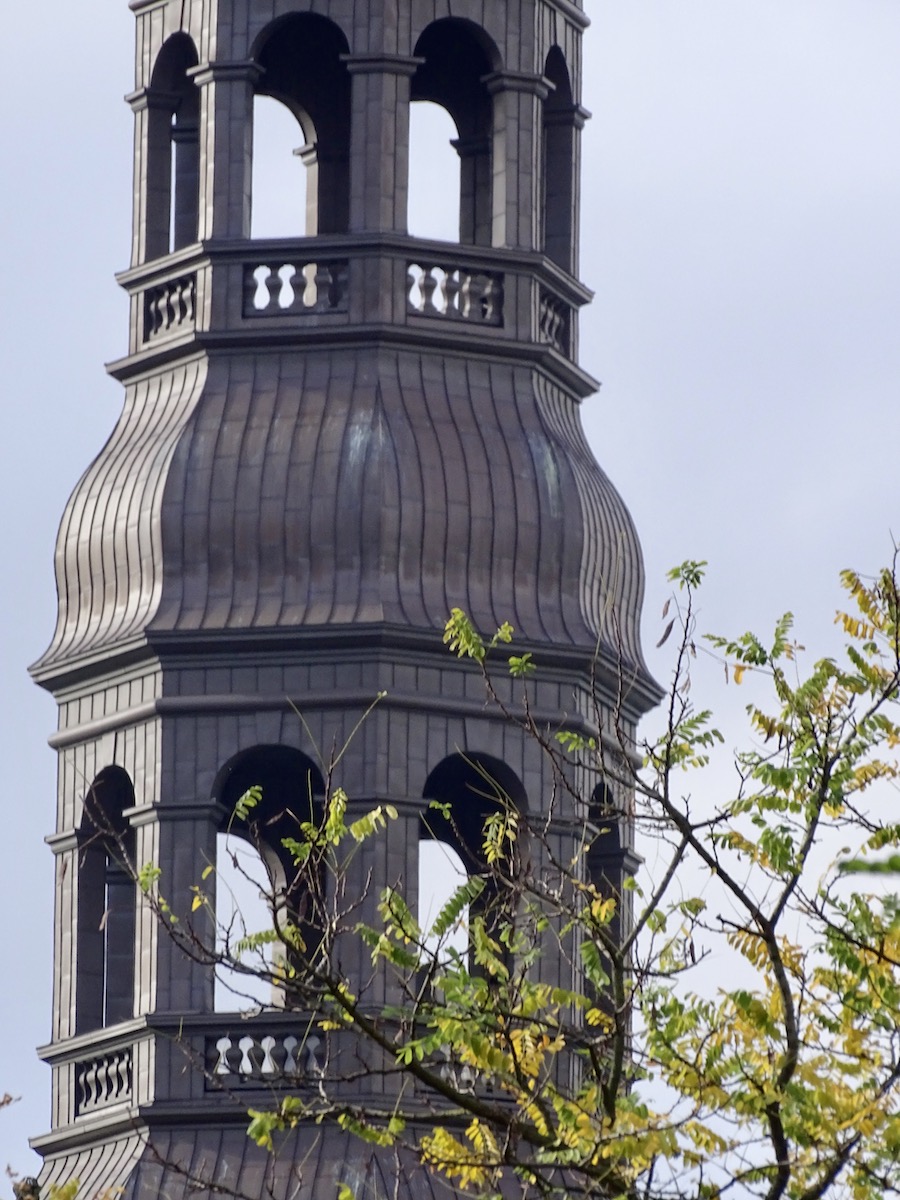

This church had an organ as early as the 15th century, becoming the most important in Hamburg in the 16th century. Many came to play it including Johann Sebastian Bach. The organ and its case were destroyed in the war but some pipes were preserved. Using photographs they were able to scientifically reconstruct it.
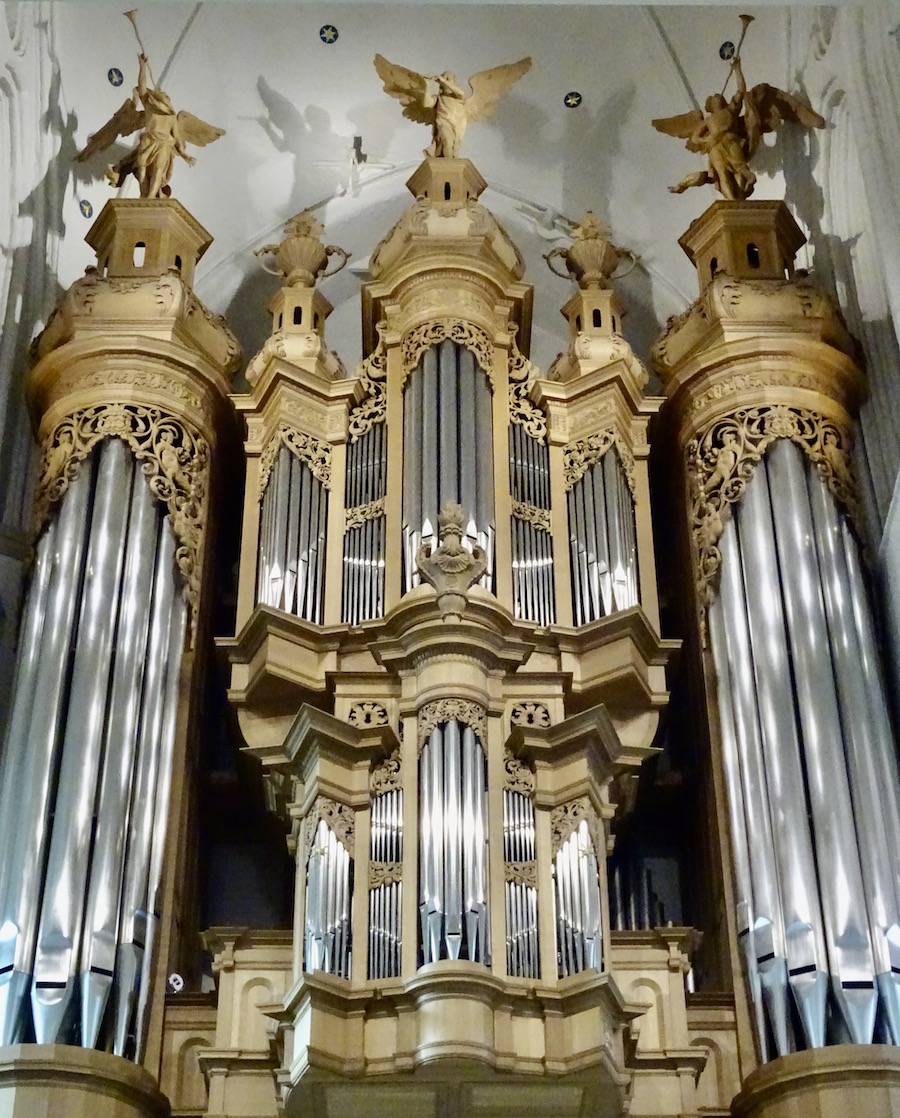
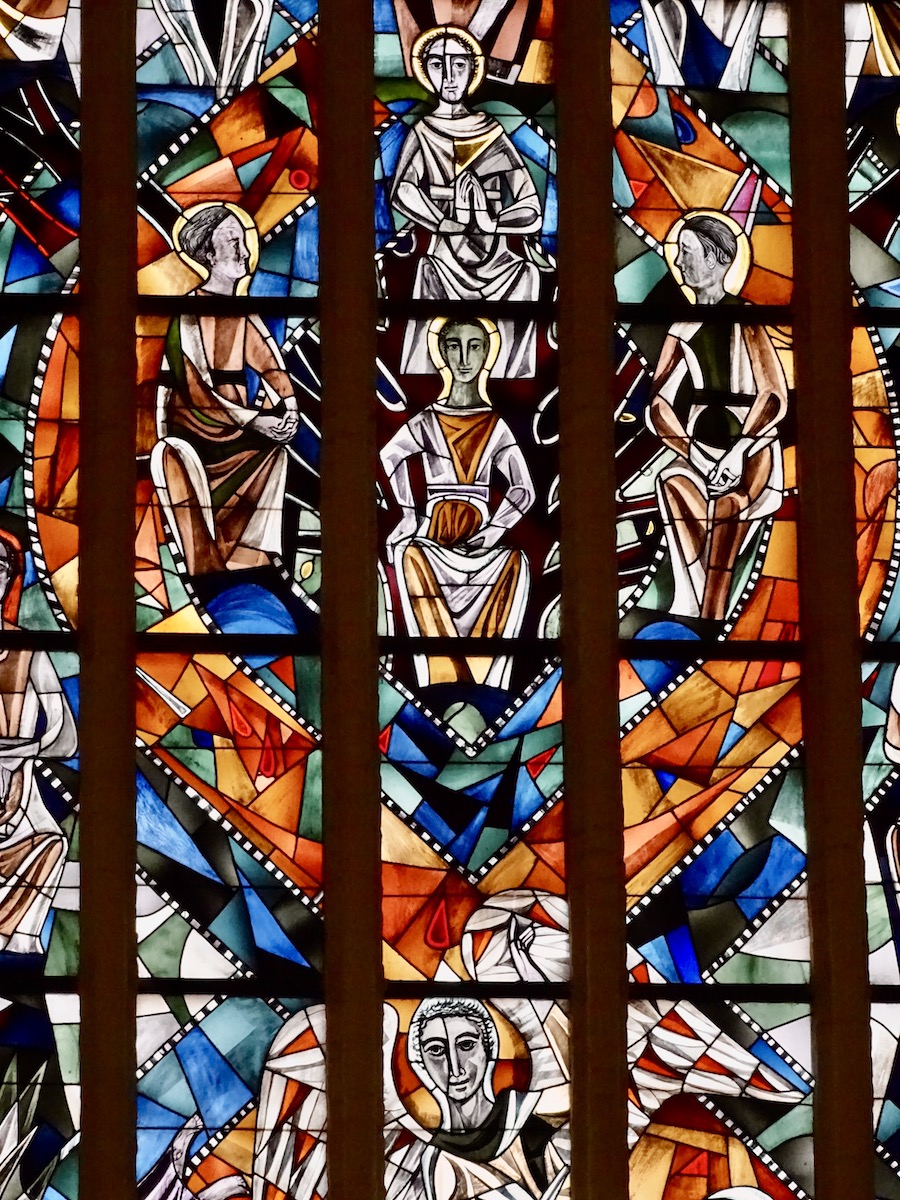
St. Nikolai Church
The church of St. Nicholas o St. Nikolai is now a monument to the destruction of Hamburg. Since it was the highest point in the city, the British bomber fleet used it as a reference point for night air attacks. Visit the crypt if you want to know more information about Operation Gomorrah. They even have a video showing the flames which engulfed the city and Nazi propaganda. Visiting the museum is included if you go up to the observation tower which has a great panoramic views of the city.
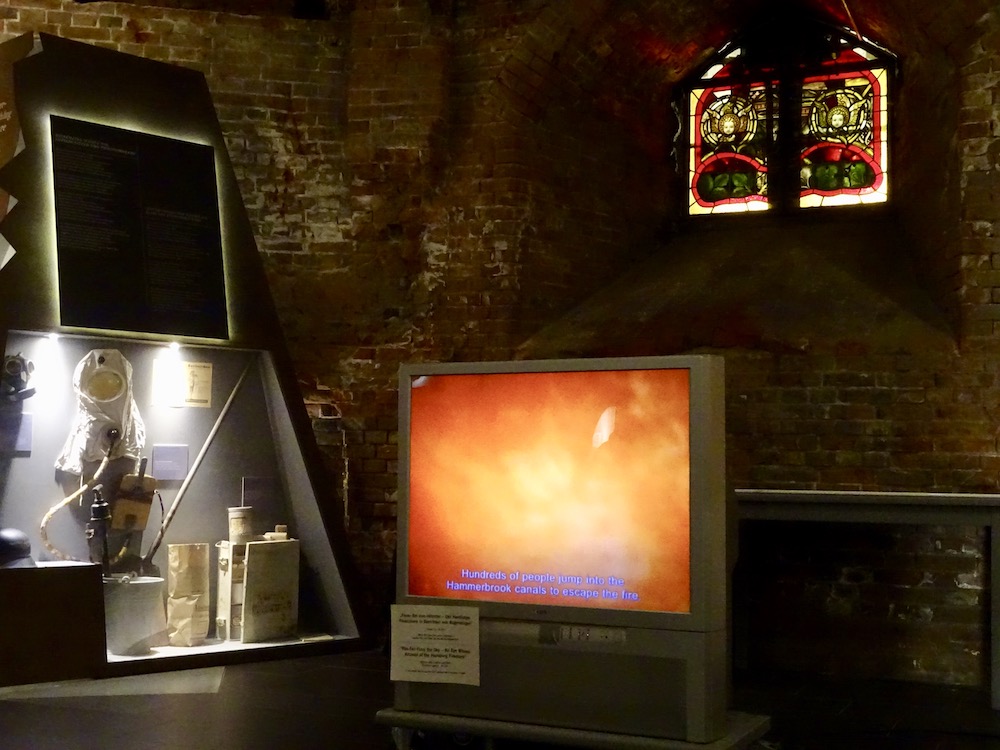
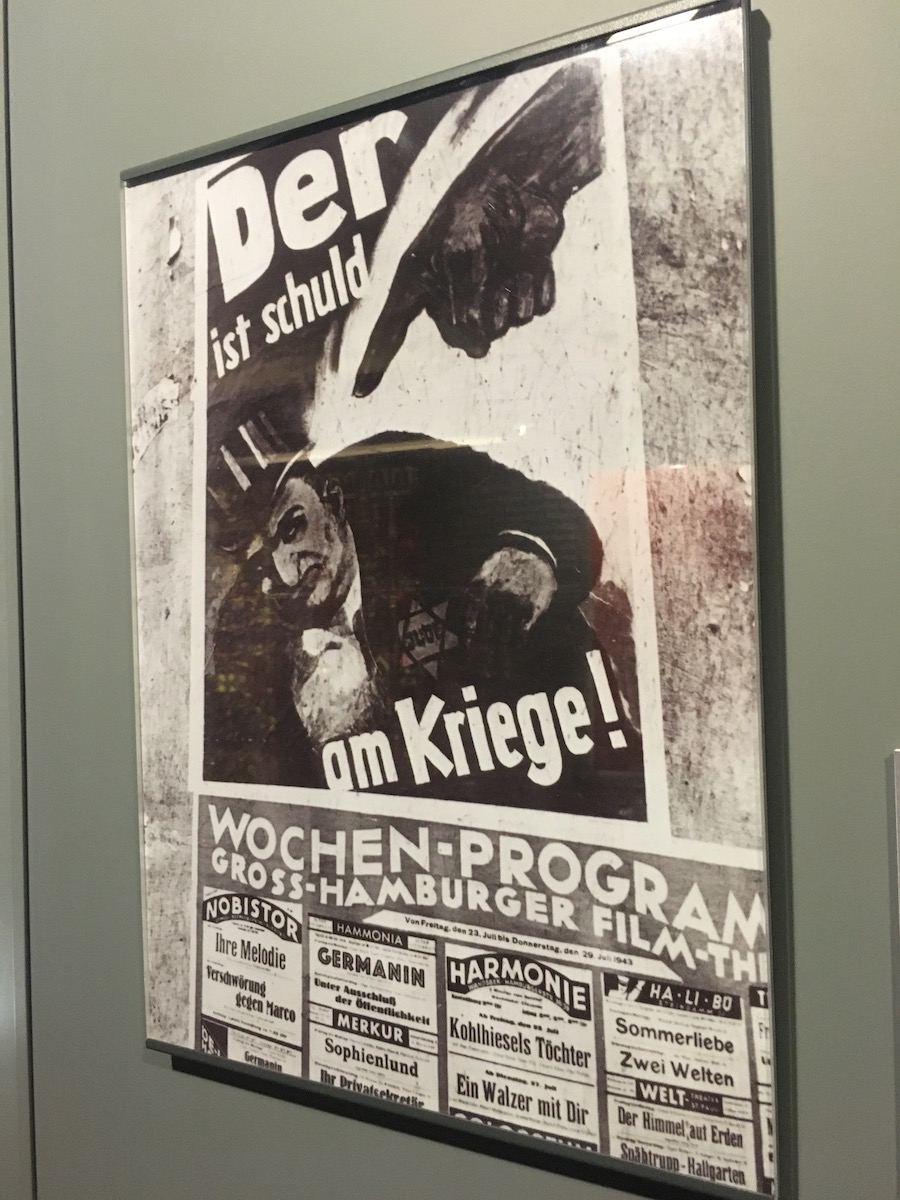
This is one of the buildings in Hamburg which could have been rebuilt because its damages were not terminal. But residents decided that other priorities were more important, so the structure which was built after the great fire in 1842 was torn down. Only the tower stays in place. The original church dates back to the beginning go the 12th century.
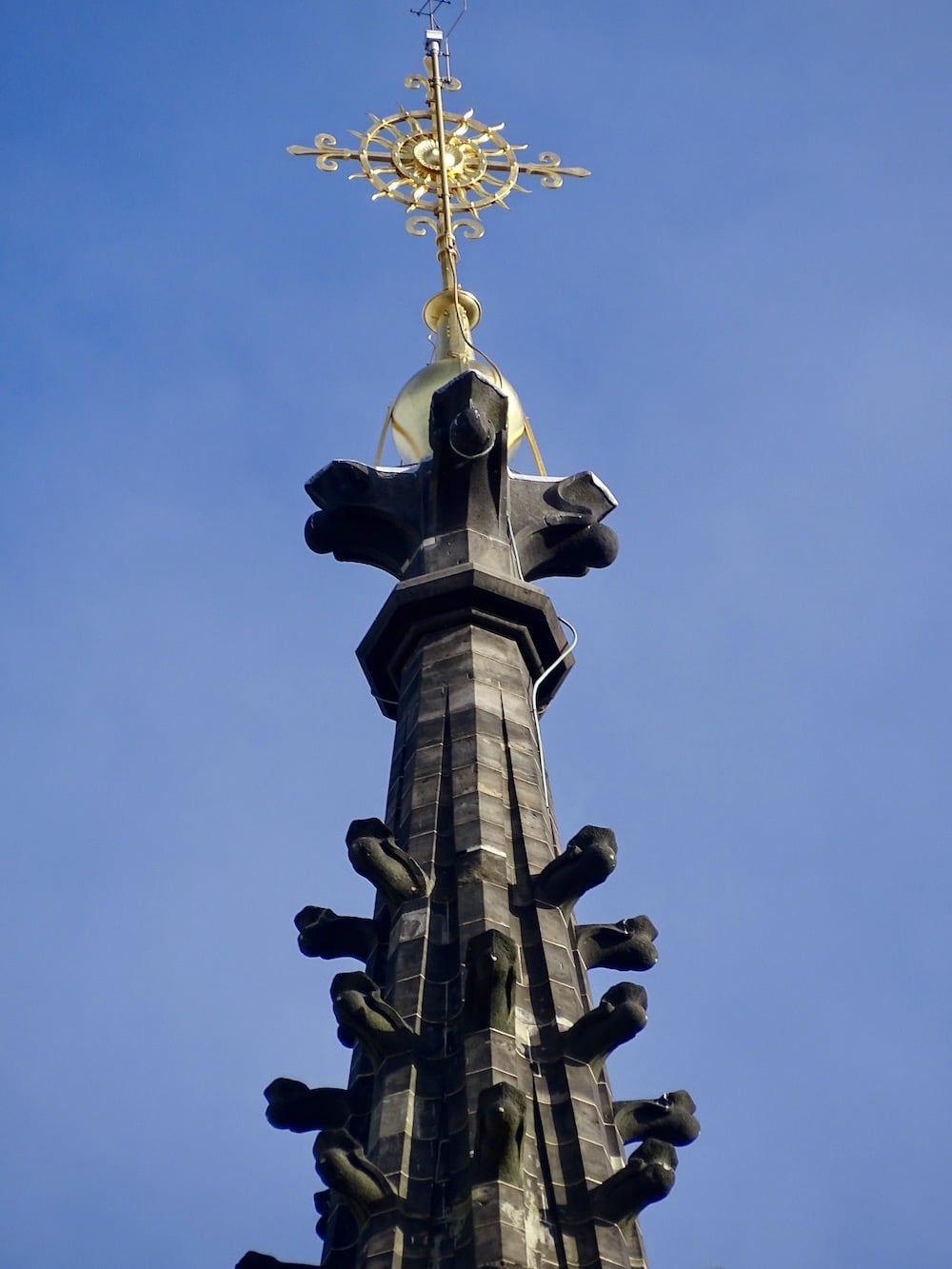
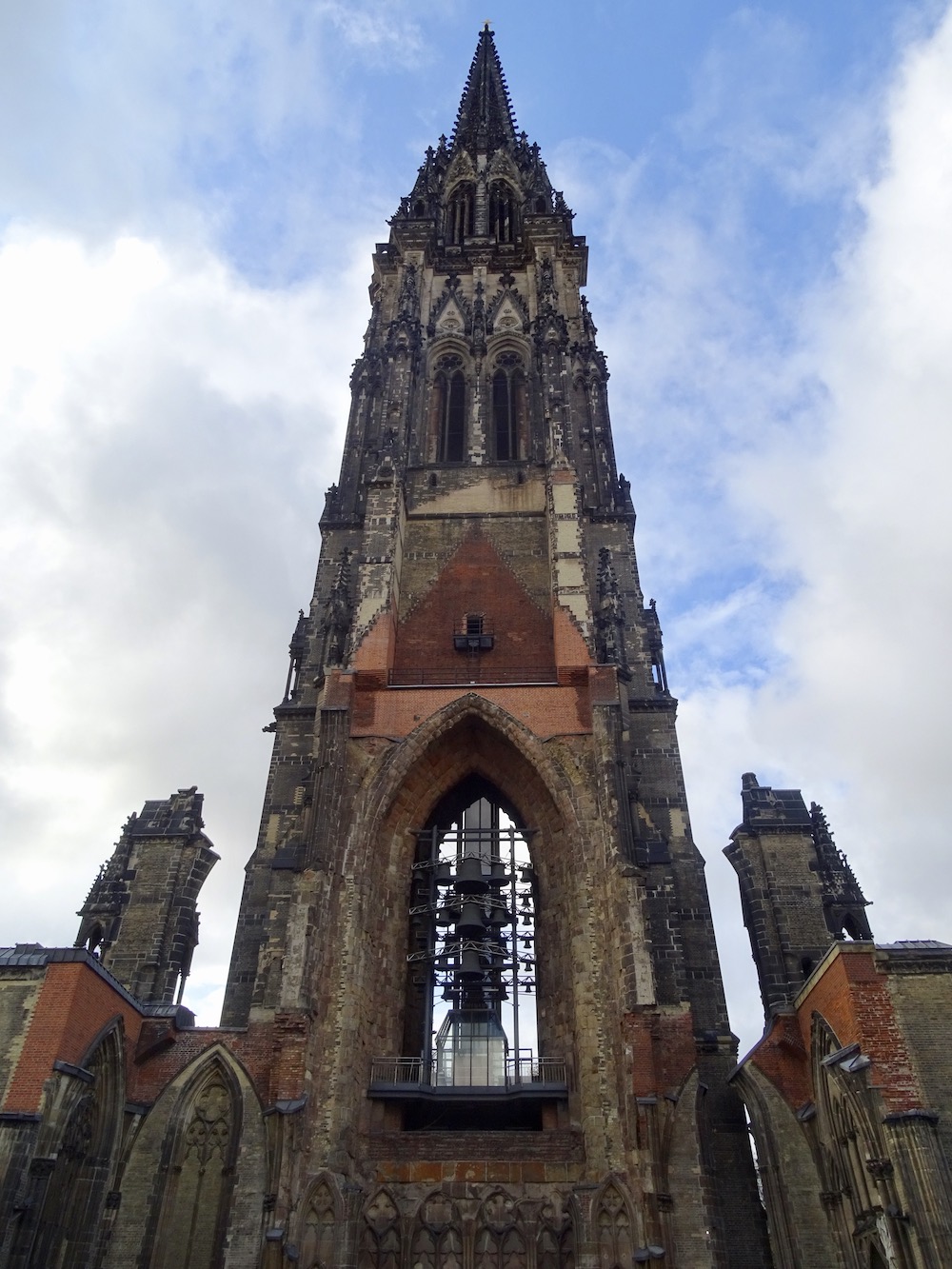
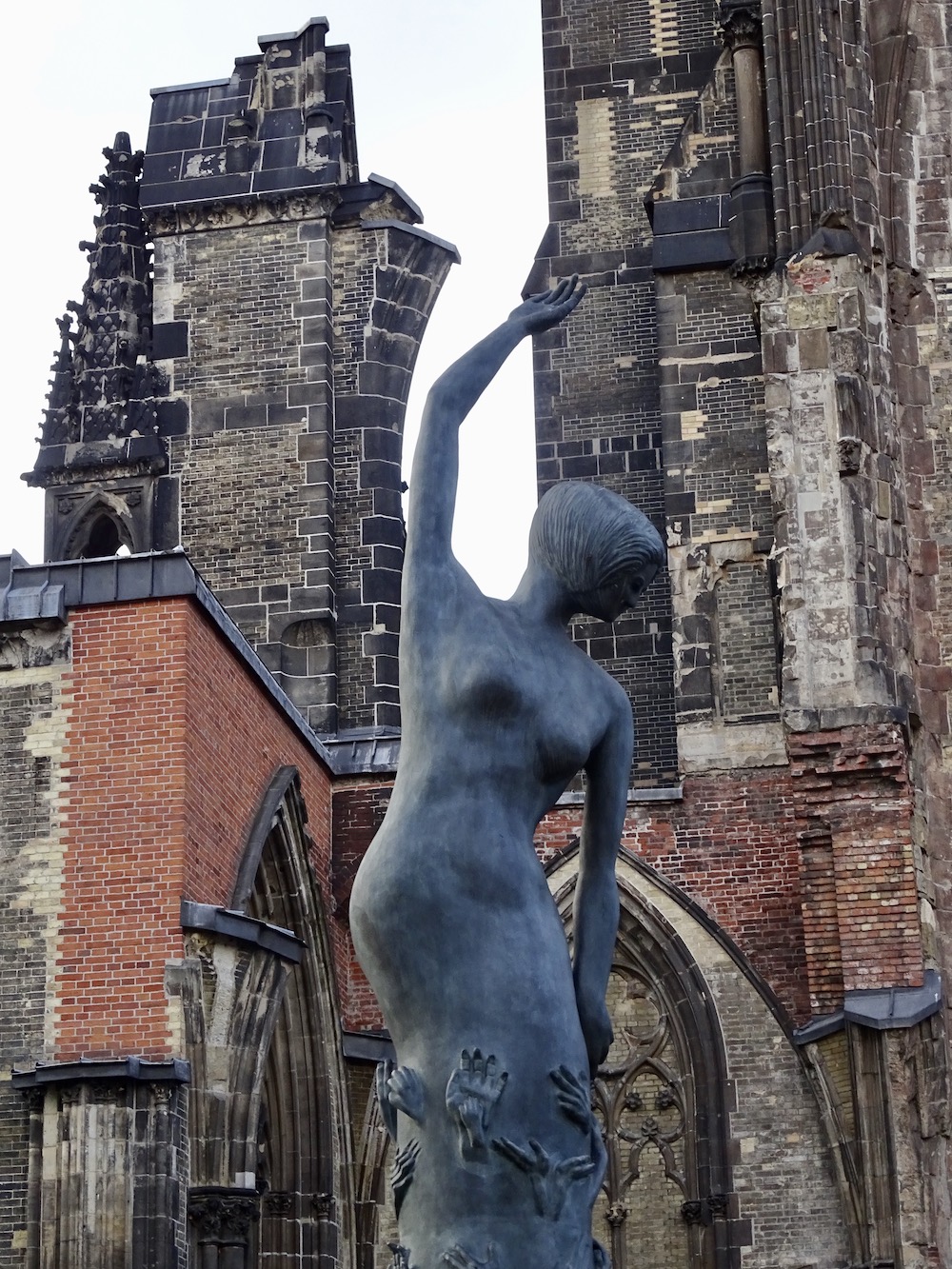
St. Jacobi Church
The Church of St. Jacobi or St. James is one of the five main Lutheran churches in Hamburg. However, its origins were not Protestant. Built in 1255, this small Roman Catholic chapel was located out of the city walls. Curiously, now it is in the center of the city. Three naves were built between 1350 and 1400 to replace the hall church, with a fourth added about 100 years later. This Gothic building was occupied by Napoleonic troops and used as a stable from 1806 to 1813. World War II bombings destroyed all the building and only the interior was saved. The reconstruction in 1963 included a more modern spire.
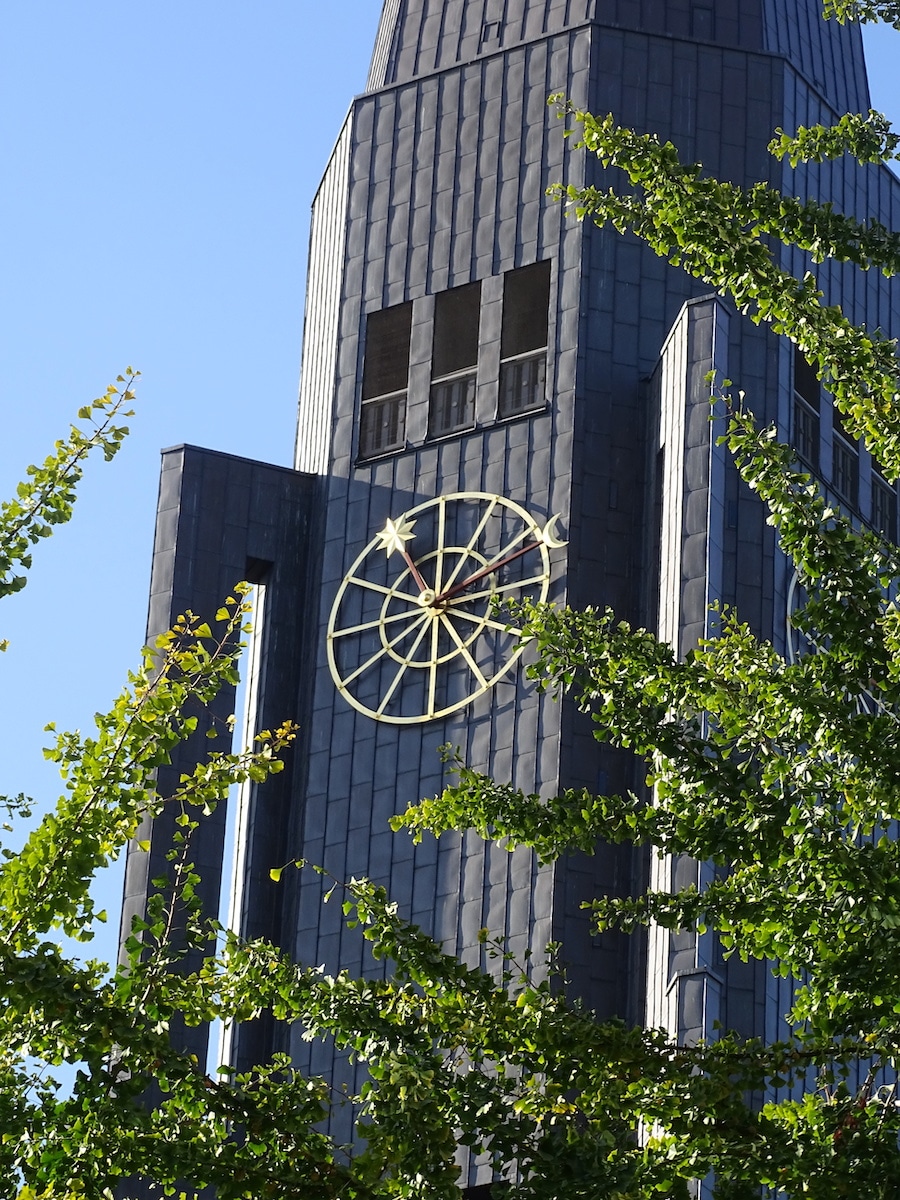
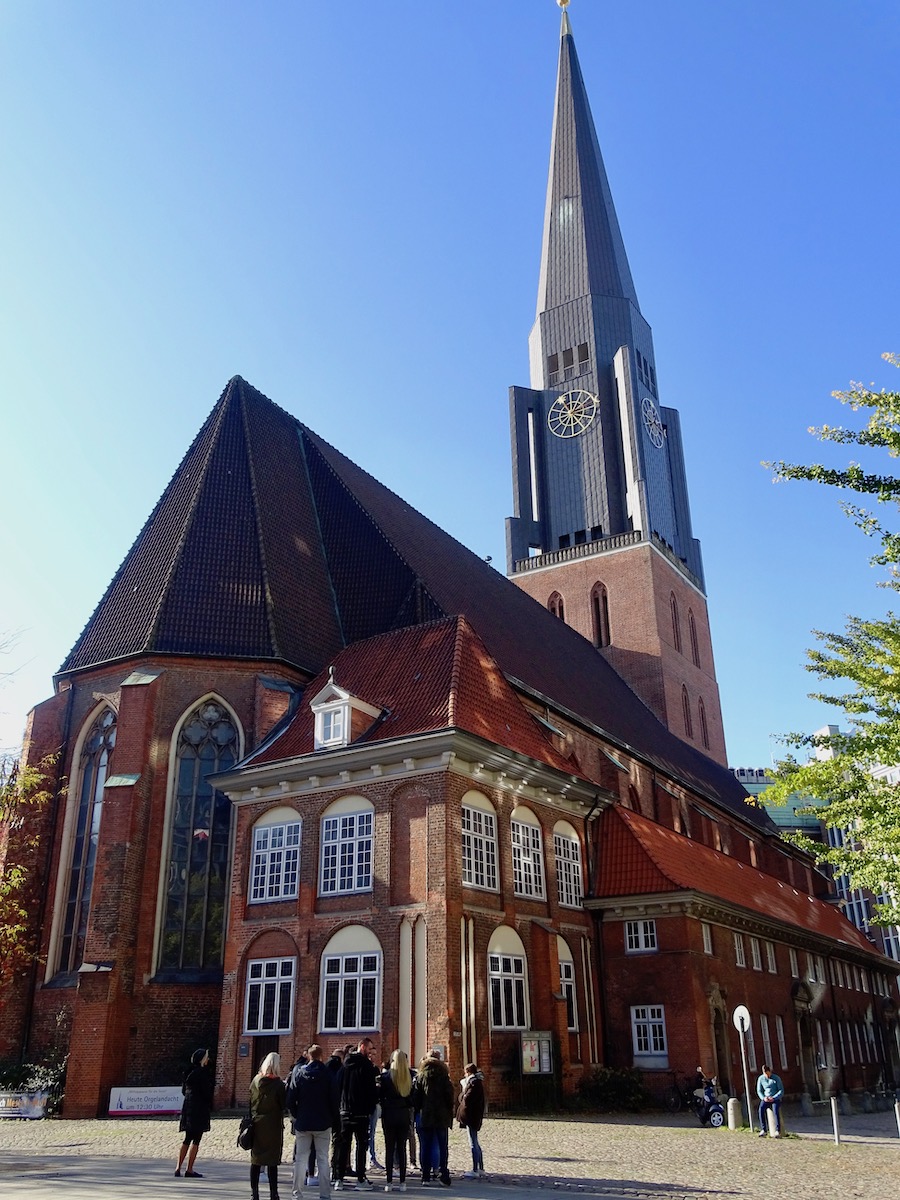
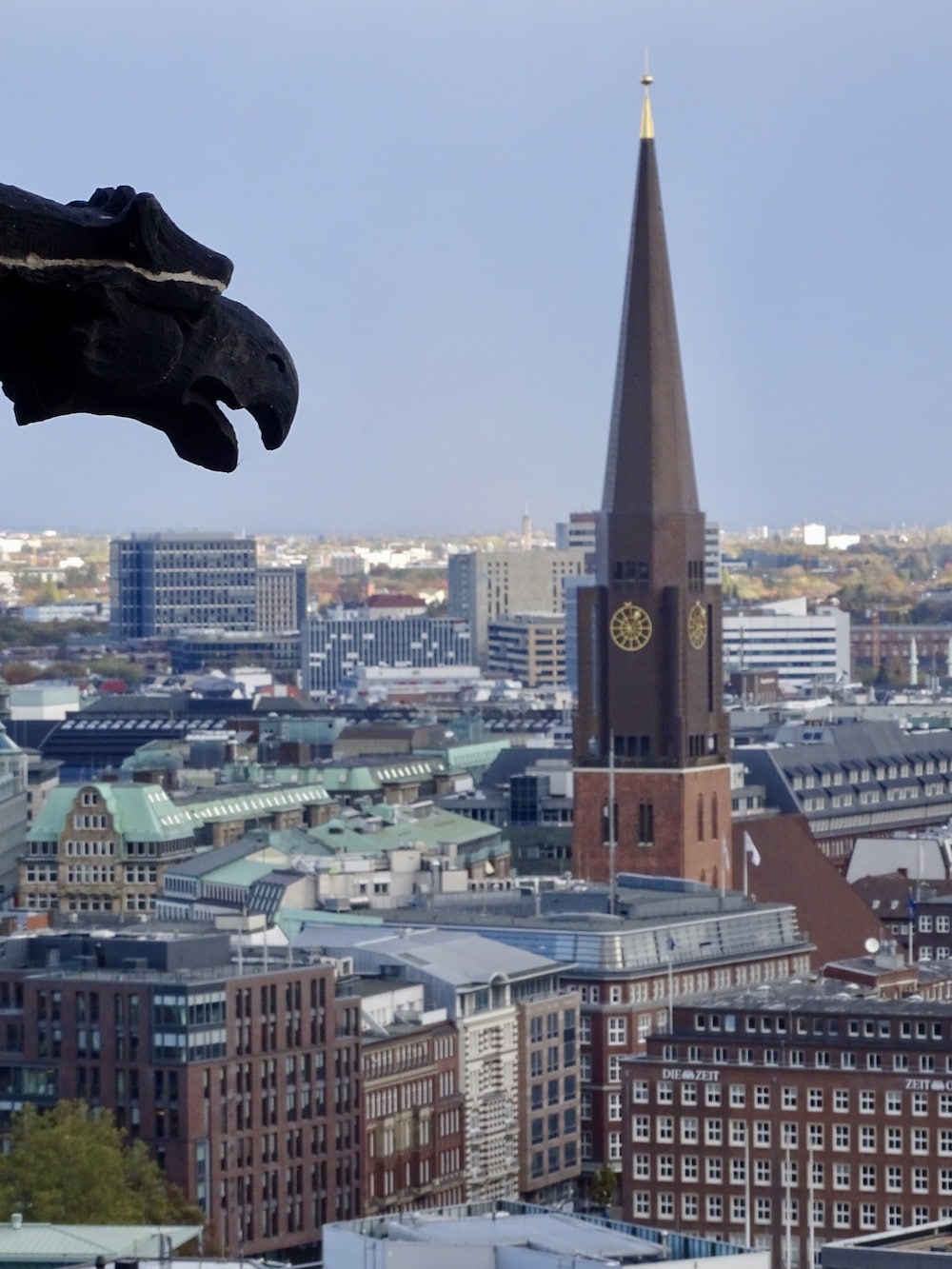
I went in fall and the vines that grow on the side of the building had changed into tones of gold, orange and red. It was quite a beautiful sight. St. Jacobi Church offers free tours which explain things like their art treasures or how an organ works.
They have the famous Arp Schnitger organ which dates back to 1693. It was completely restored in 1993 and can be heard every Sunday during service.



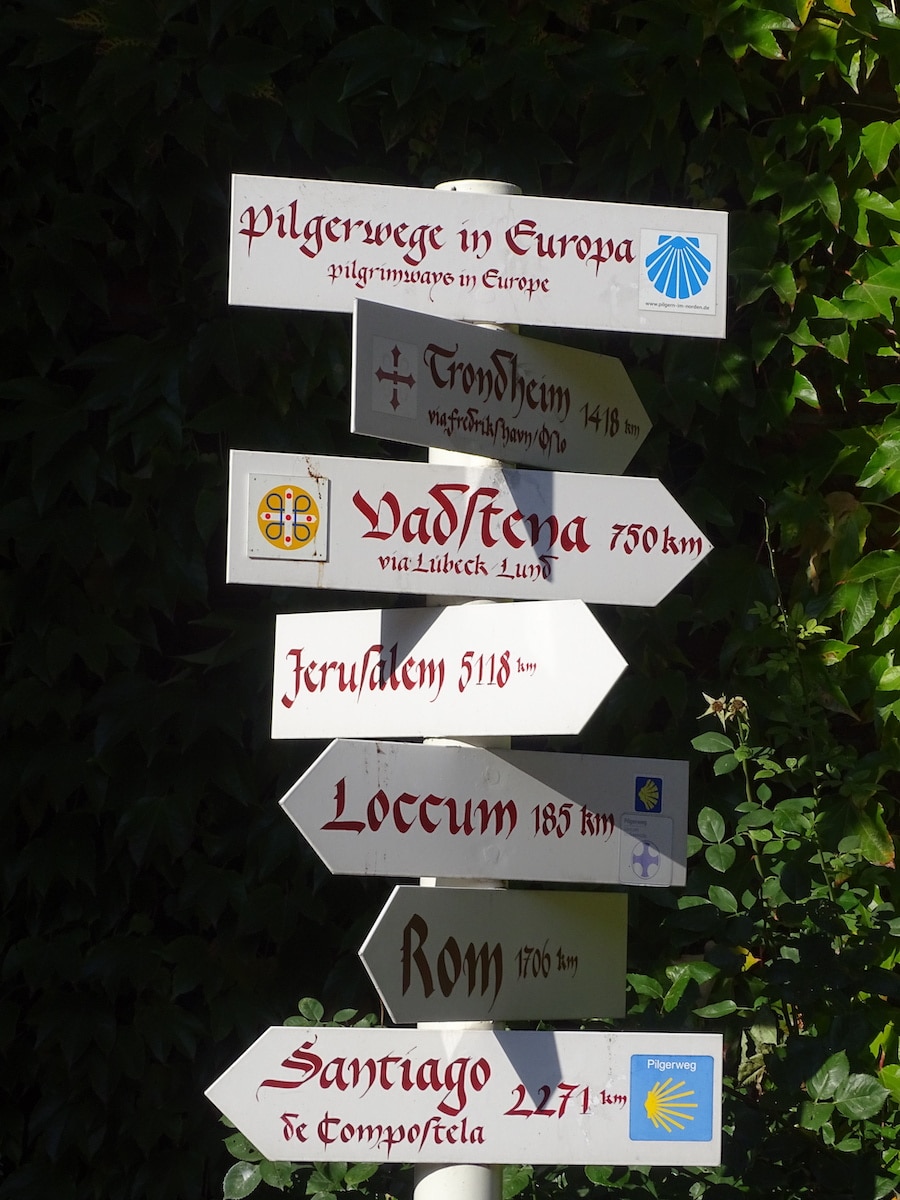
Out of all the buildings in Hamburg which one is your favorite?





